Responsibility report
 Norsk Kylling 2021
Norsk Kylling 2021






 Norsk Kylling 2021
Norsk Kylling 2021





The year 2021 will forever be one for the history books at Norsk Kylling, as it’s the year we opened our new processing plant at Orkanger. The physical journey from Støren to Orkanger isn't long, but the journey we have made can't be measured in kilometres. We measure it in hours of work, courage, effort, will, and faith in a project that seemed impossible to many. The facility is a sign of things to come. By 2030, Norsk Kylling will be an climate-neutral company. We do what's right, because it's profitable and because the consumers of the future will demand that we as a food producer find new, more responsible ways to make our products. The results we create are the result of every person who fills our value chain with their unique expertise, all based on our shared values. Together, we will create the world's best food production value chain, and I’m excited for our next moves!
Our new facility is more than just a processing plant. Greenhouse gas emissions from our activities are being cut by nearly 100 percent at the new facility. This is enabled through our energy concept with a unique renewable energy mix consisting of waste energy from nearby industry, solar energy, and the use of seawater for all cooling. This is combined with thermal energy storage, smart energy management, and energy production. Furthermore, the industrial plant itself is built at height to minimise its impact while optimising energy consumption within the building. The concept is controlled through our separate energy building, which grants us the ability to share our renewable energy with nearby industry, thus helping to reduce emissions in the local area.
It’s important to me that everything we do in Norsk Kylling's value chain is done properly and responsibly, and that we are transparent about everything we do. At Orkanger, we have therefore built a visitors’ centre with space for 250 guests to come, see, and learn about Norwegian food production.
In 2021, we also began our transition to the European Chicken Commitment production standard (ECC), which is supported by 36 European animal welfare organisations. Among other things, this commitment entails that all our chickens will be given more space and daylight-spectrum lighting over the course of 2022. To give our chickens more space, we need more farmhouses, and in 2021, 11 new farmhouses were completed. The farmhouses were built with renewable energy sources and leading solutions for the best animal welfare.
Three of the farmhouses are built with viewing solutions, so that we can receive visitors and show how dedicated farmers raise high-quality chickens with good animal welfare. And even though we're boosting our farmhouse area by 28%, we're reducing the total carbon footprint of all our farmhouses by 21%, which amounts to 1400 tons of CO2 each year.
Predictable and sturdy finances for our farmers are a prerequisite for them to be able to contribute to the green transition, and to invest in environmentally friendly solutions in their own operations. Our financial models ensure that farmers that have supply agreements with Norsk Kylling can at least match the income growth in society in general.
We believe that good animal welfare is a prerequisite for sustainable operations. In 2021, we completed a lifecycle analysis of our entire value chain. The analysis shows that the shift to a slower-growing chicken breed gave considerably better animal welfare without increasing the carbon footprint of our value chain.
The lifecycle analysis was conducted to ensure that the initiatives we have implemented have a documentable positive impact on the climate. By 2030, our goal is for the chicken feed in our value chain to be soy-free. We must cut food waste, only use environmentally friendly packaging, using renewable fuels for our vehicles, and protect biodiversity.
Norsk Kylling is the sum of committed and talented people who make good things happen together. The past few years have been challenging and have shown us the importance of meeting to talk together, because cooperation and coordination is what lets us make results.

The products we deliver to Norwegian dinner tables every single day are the result of an emphasis on animal welfare, responsible frameworks for the farmer, efficient industry, and concern for the environment. I’m proud of what we’re doing in our value chain, and I look forward a new year in which we’ll do even better.
 Kjell Stokbakken CEO, Norsk Kylling
Kjell Stokbakken CEO, Norsk Kylling

Safety and security are two key factors that I’m concerned with, and Norsk Kylling lives up to my expectations.

With Norsk Kylling’s value chain model, we as farmers and suppliers experience good predictability, considering the unique situation we’ve grown to live with in the past few years.
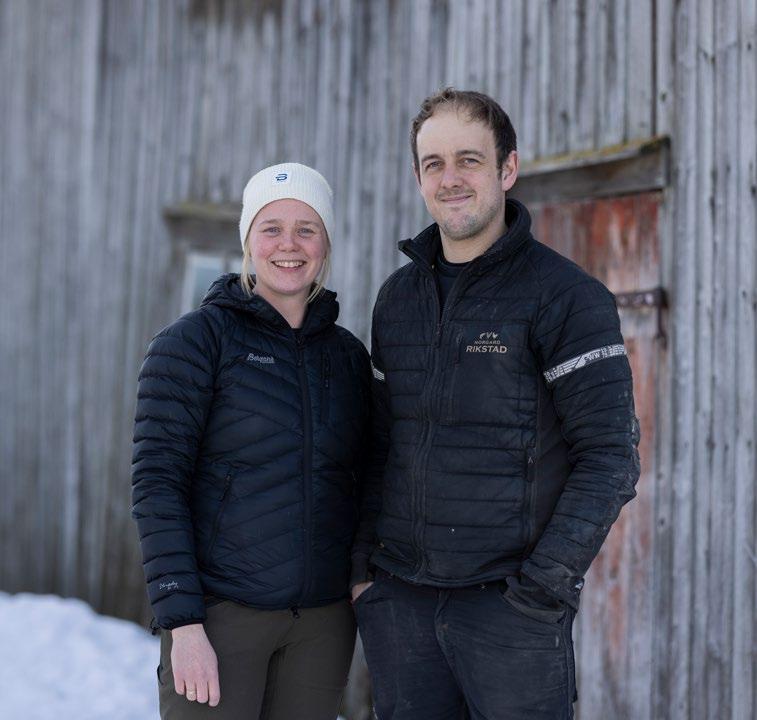

As a representative for the farmers in what we call the production board, I have the opportunity to influence our production and finances. I believe we've achieved a good collaboration in which we are taken seriously as farmers, and that our cooperation contributes to good solutions.
It’s important to remember that the better us farmers are doing, the better our production becomes. This results in more, better products for Norsk Kylling. I find that Norsk Kylling is interested in giving us the best possible conditions, precisely because it’s what’s for the best of the value chain.
This cooperation and coordination sets the stage for development. With our value chain, we know how much we will earn, which makes it easier to assess our investments. Like many other farmers in the value chain, I've cut gas heating and switched to wood chip heating. The water-borne heat provides for a better climate in the farmhouse and makes me less dependent on gas prices.
This way, we can create a sustainable food product value chain with a smaller carbon footprint and better animal welfare, which allows for a larger volume of better products.

Norsk Kylling is a food production company located in Trøndelag. We operate a fully integrated value chain from eggs to shop shelves






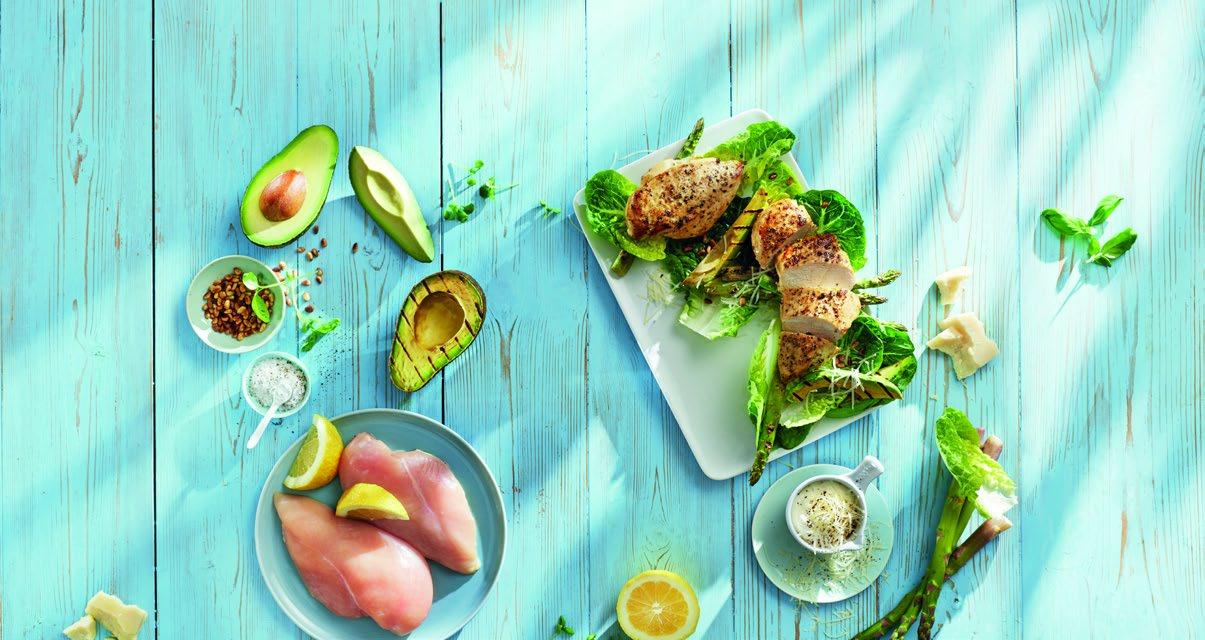

Our products are sold under the brand Solvinge, which you can find in the refrigerated and frozen goods displays of your local REMA 1000 supermarket




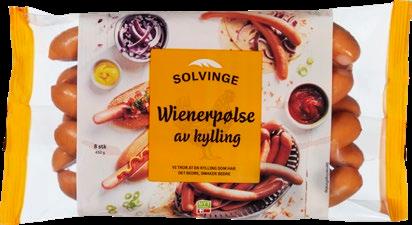

Norsk Kylling AS is wholly owned by REMA 1000
Our chickens grow more slowly, live longer, and have better lives

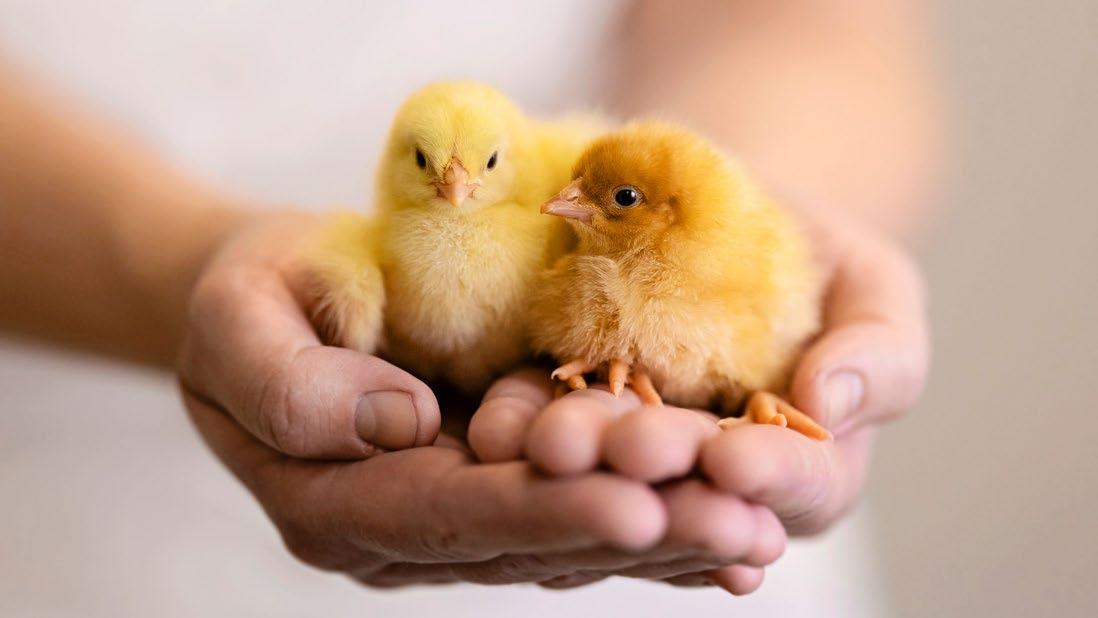
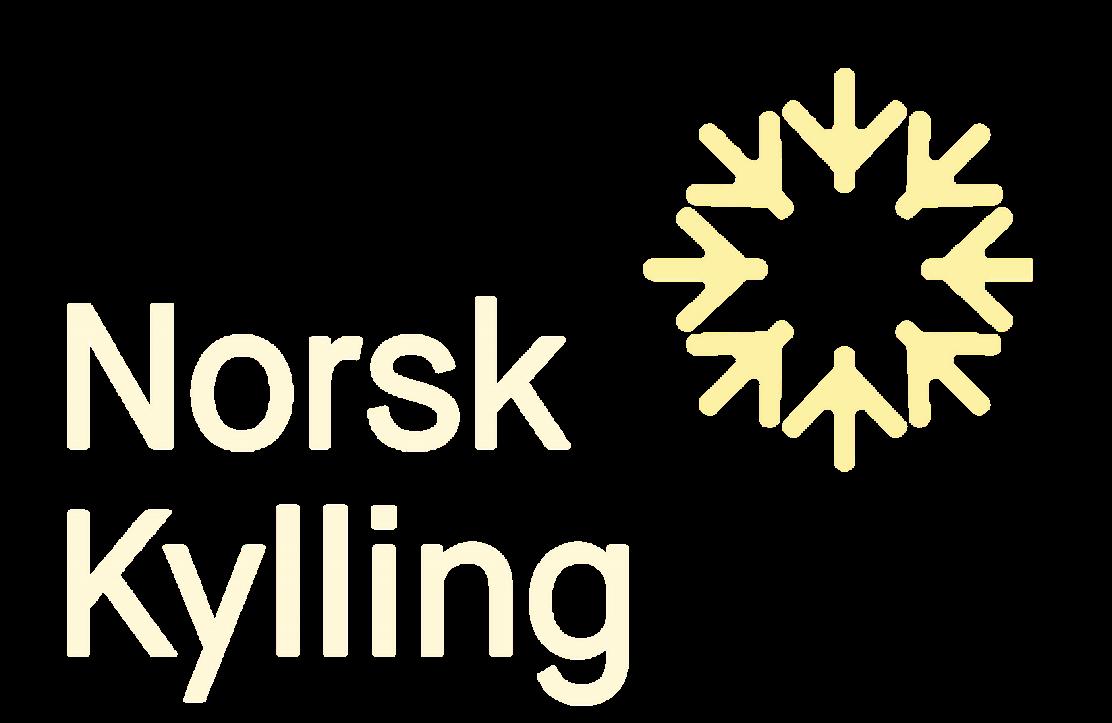

The star highlights our ambition to lead, to take responsibility, and to be a role model
The logo symbolises our vision of building the world’s best food value chain for food production
The tracks show the company's core, animals and animal welfare, and our desire to innovate and forge new paths.
The circular shape represents the company's emphasis on solutions in the circular economy and our fully integrated value chain, while also symbolising trust and unity.


136 farmers
~27% Market share of chicken
325 employees
1.24 billion turnover


80 million Dinners
(one 1700g chicken yields 6-7 portions)
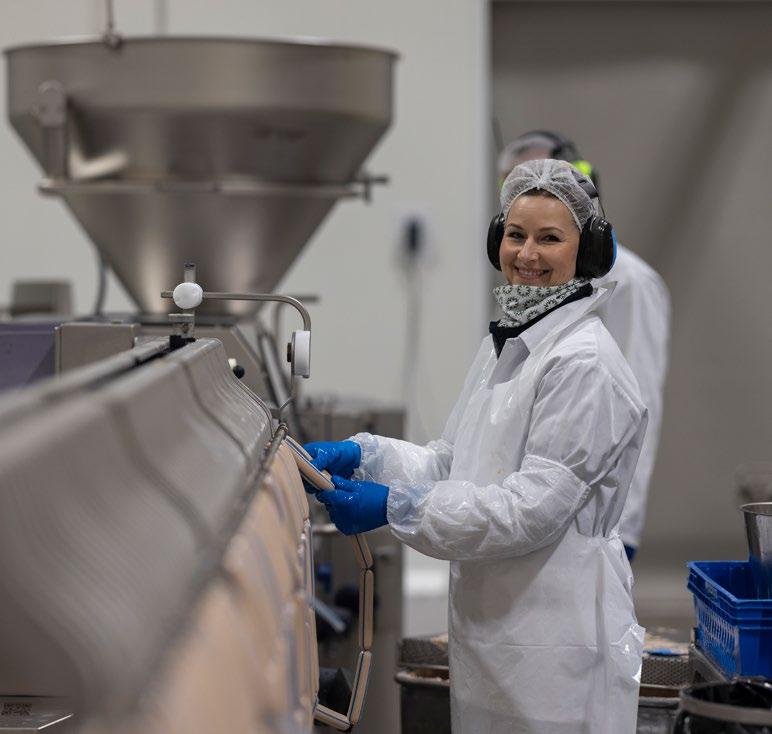
Our entire value chain is in Central Norway with farms ranging from Alvdal in the south and Namdalseid in the north
136
Farmers
Norsk Kylling has 13 farmers who feed and take care of the parent stock in our raising and hatching egg production. We also have 123 farmers who look after our broilers


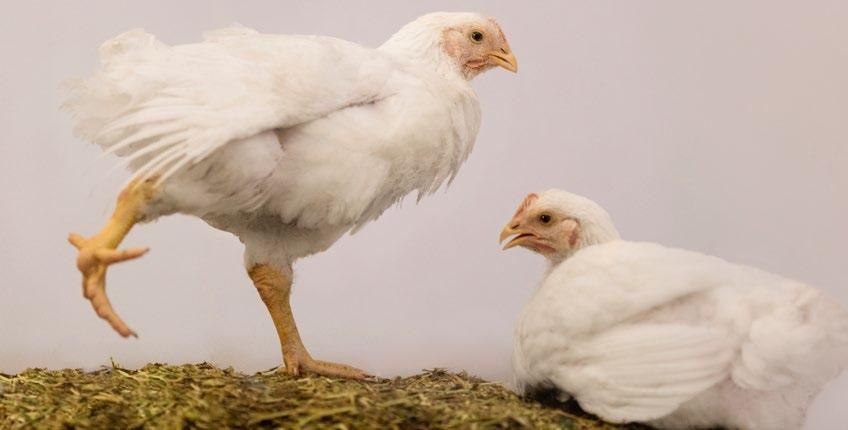

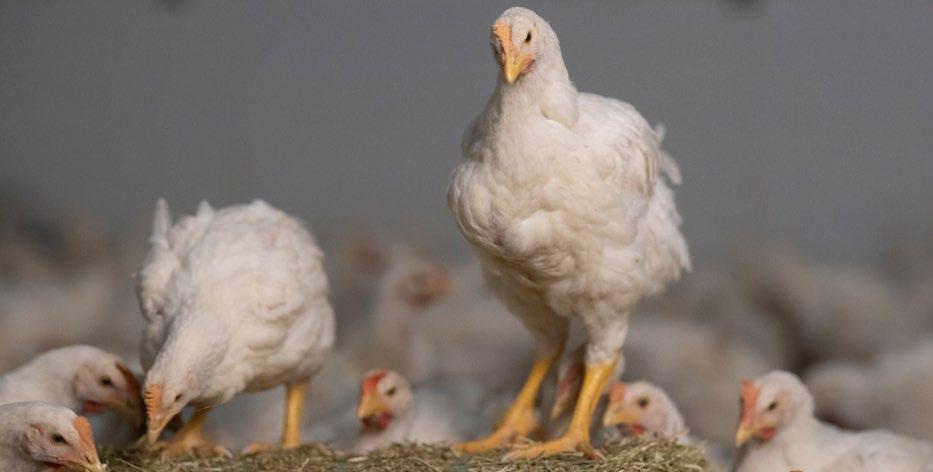

Hens at dedicated farms in France lay eggs of the exact type we need to get excellent Hubbard chickens. We import these eggs to Norway.

Skilled workers at the parent stock hatchery carefully handle the eggs, which then incubate and hatch to become the parents of the chickens that are sold in Norwegian shops.
Parent stock grow up with dedicated farmers who make sure that they are doing well.

Before the chickens start to lay eggs, they are moved to buildings that are suited for laying eggs. Here, they have nesting boxes and equipment suited for adult birds, as well as toys that allow them to perform natural bird behaviours.
The eggs are sent to a separate hatchery where they are incubated and hatched under the supervision of our skilled employees.
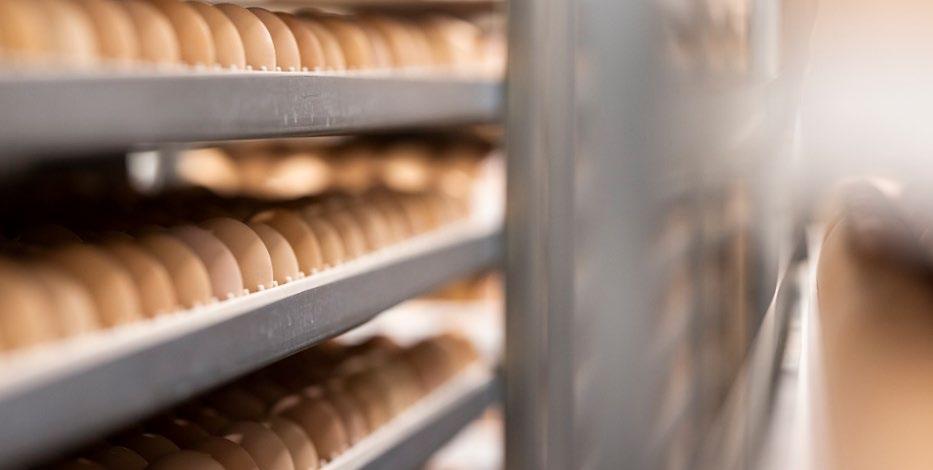



The chickens grow up in farmhouses with environmental enrichments, encouraging natural behaviours like dust-bathing, perching, climbing to heights, and pecking.

After a short transit, chickens arrive at the slaughterhouse, where they are gently sedated. The chickens are therefore unconscious and do not suffer when they are slaughtered.
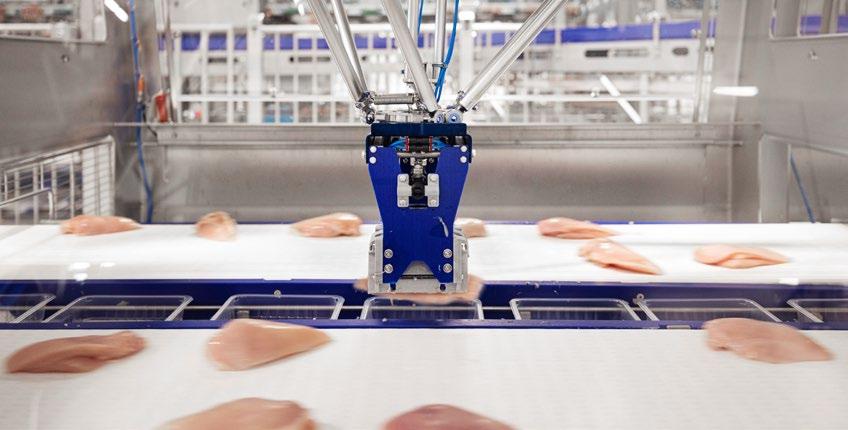
2020
Medals 2021

In 2021, we won 4 medals at the Norwegian Meat Product Championship (NM i Kjøttprodukter), as well as the Rising Star Award (Årets Stjerneskudd) for our Taco Kit

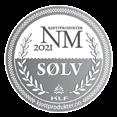


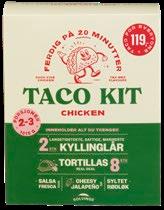




Bronze for our Chicken Vienna Sausages in the sausage category
2019
Gold for our Chicken Fillet with Basil and Rosemary in the poultry deli meat category

Bronze for Natural Chicken Fillet, Beechsmoked Chicken Fillet, and Chicken Fillet with Peppers in the poultry deli meat category

2018
Gold for Craig’s Spicy Hot Dog in the hot snack sausage category
Silver for our Chicken Vienna Sausages in the Vienna sausage category


2017
Silver for our Chicken Fillet with Peppers in the deli meat category
Bronze for our Natural Chicken Fillet and our Chicken Fillet with Basil and Rosemary in the deli meat category
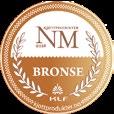


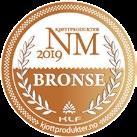


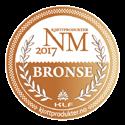
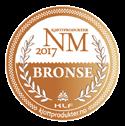

2016
Bronze for our Chicken Vienna Sausages in the sausage category
Good craftsmanship is needed to make good products. This is developed over time, and quality at every stage of the production is essential for a good result
Øyvind Andersen Sausage-maker at Norsk Kylling

For us, animal welfare always comes first.
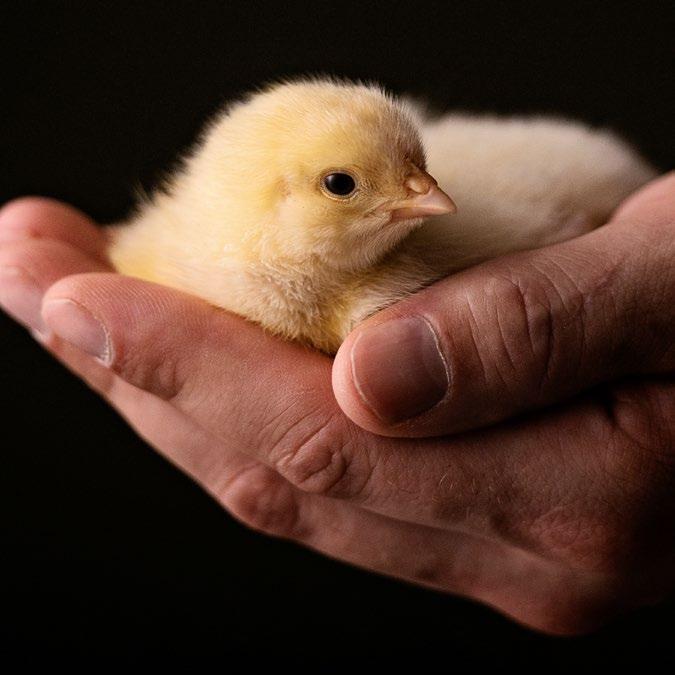
In order to achieve our vision of world-leading animal welfare, we changed our breed of chicken to a hybrid that grows more slowly and with naturally strong health, in 2018.
We continuously improve, and in 2021, we therefore began implementation of the international production standard ECC, in order to further improve animal welfare in our value chain. This way, chickens in our value chain are given more space and windows/light in the daylight spectrum.
We’re building a green value chain that sets a new environmental standard for the food industry of the future.
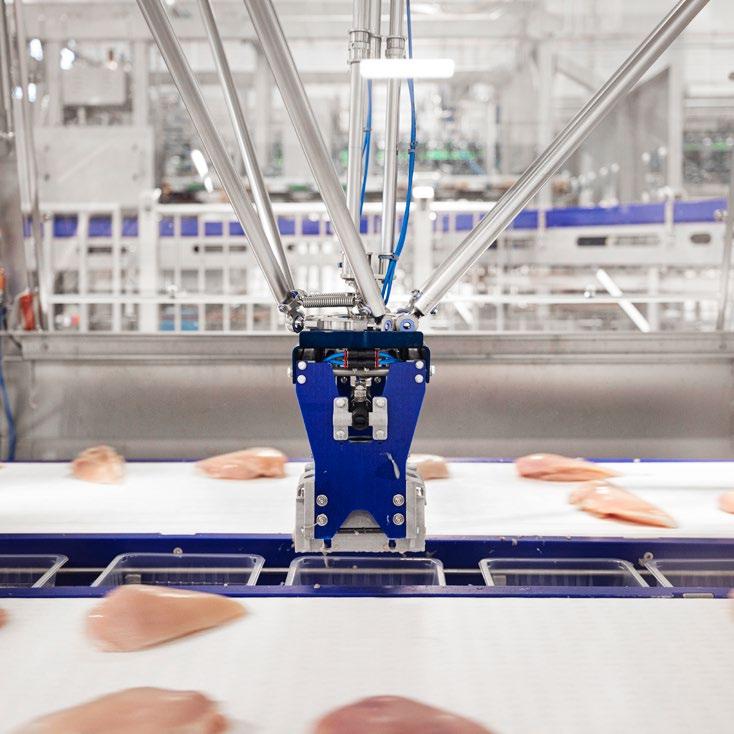
We will cut the use of soy, reduce food wastage, use 100% recyclable packaging, renewable fuel, and protect biodiversity.
We work with specific initiatives that are directly linked to the reduction of our environmental impact.
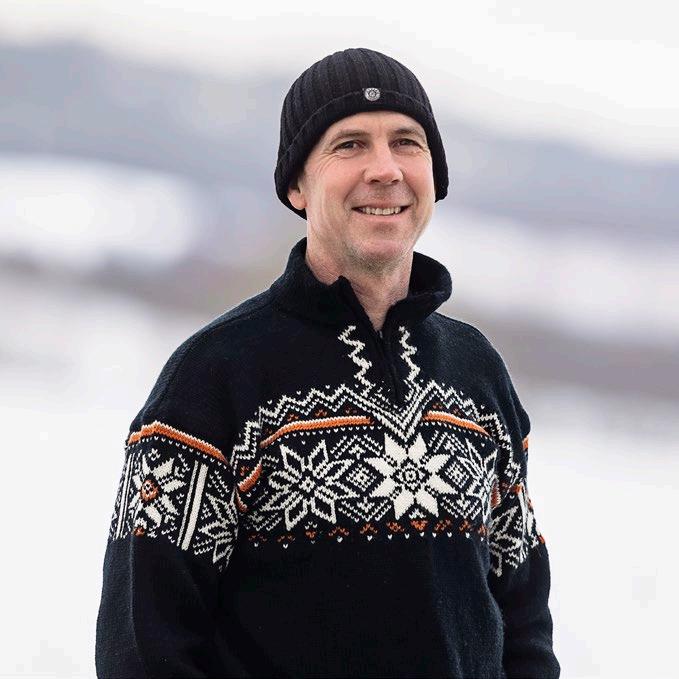
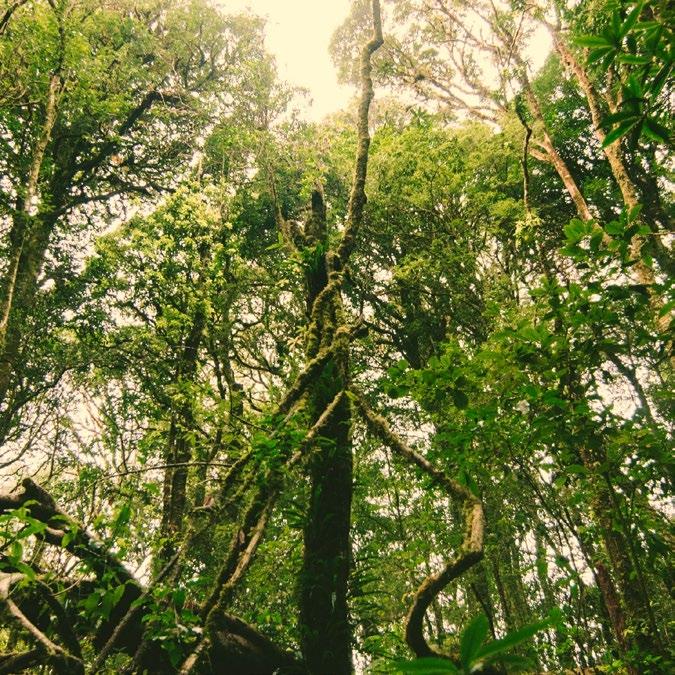
We emphasise the working environment, competency, well-being, and safety for our 325 employees in 11 different countries. We have pay and gender equality, as well as three active labour unions.
We will set a new standard for responsible, efficient, and innovative production through a green value chain, thus ensuring that our customers get the highest quality products at the lowest prices in the market.
The farmers are our partners. Our responsibility is to ensure that the necessary standards and financial framework conditions for the farmer provide predictability and security.
This results in good cooperation, trust, and pride in the value chain.
We think bigger than ourselves, and cooperate on a broad level to develop circular economy solutions.
We believe that responsible and ambitious development efforts are a prerequisite for sustainable growth. Transparency and openness are essential for us to achieve results.



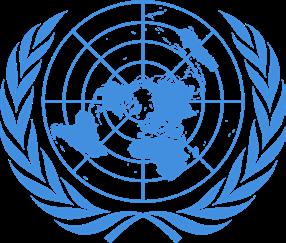
- Chicken is a lean, healthy product
- We actively work to reduce the use of salt and additives
- We have employees from a broad range of professional backgrounds

- We also strongly oppose discrimination of any kind, and contribute to inclusion
The UN's Global Goals make up the world's common to-do list to eradicate poverty, fight inequality, and stop climate change by 2030.
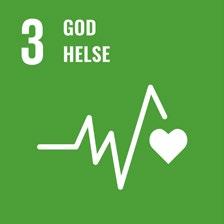
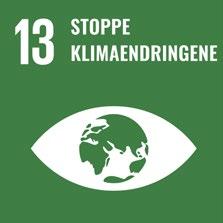
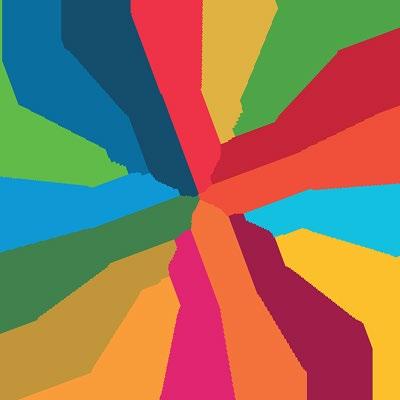
Each sustainable development goal is important, but there are some goals in particular where we can make a contribution.
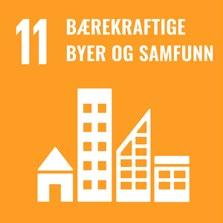

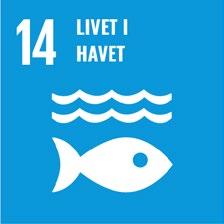
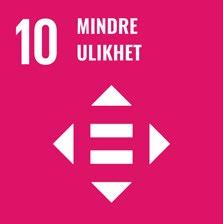
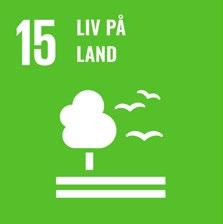
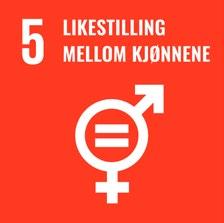
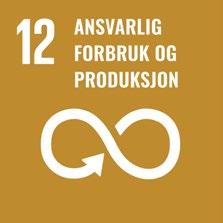
- We contribute with training and expertise, including technical and professional fields that are relevant for employment, dignified work, and entrepreneurship
- We're building an inclusive and diverse value chain that connects the city and the countryside with an emphasis on sustainability
- We strongly oppose all forms of gender-based discrimination
- As an employer, we have an equal division between the genders in our management group and the organisation in general
- The initiatives implemented with regard to energy production are based on renewable energy
- Reducing food waste and plastic consumption
- Utilising residual raw materials and recycling

- We will develop a value chain that only uses renewable energy, primarily self-produced or surplus energy
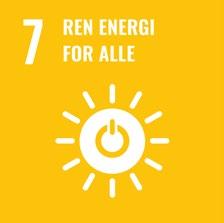
- We have started a number of initiatives to build a green value chain that sets a new environmental standard for the food industry of the future.
- We contribute to improving economic productivity through technological progress and innovation
- We place strict requirements on our suppliers with regard to working conditions and responsible operations
- We have implemented initiatives related to improved fertiliser management to, e.g., prevent run-off from being released to wetlands.
- We help reorganise the business community to make it more sustainable
- We participate in innovation and research projects to ensure sustainable growth in our value chain
- We actively work with measures to ensure biodiversity with regard to our value chain
- We will compensate for the use of area in the form of protecting and restoring important nature areas
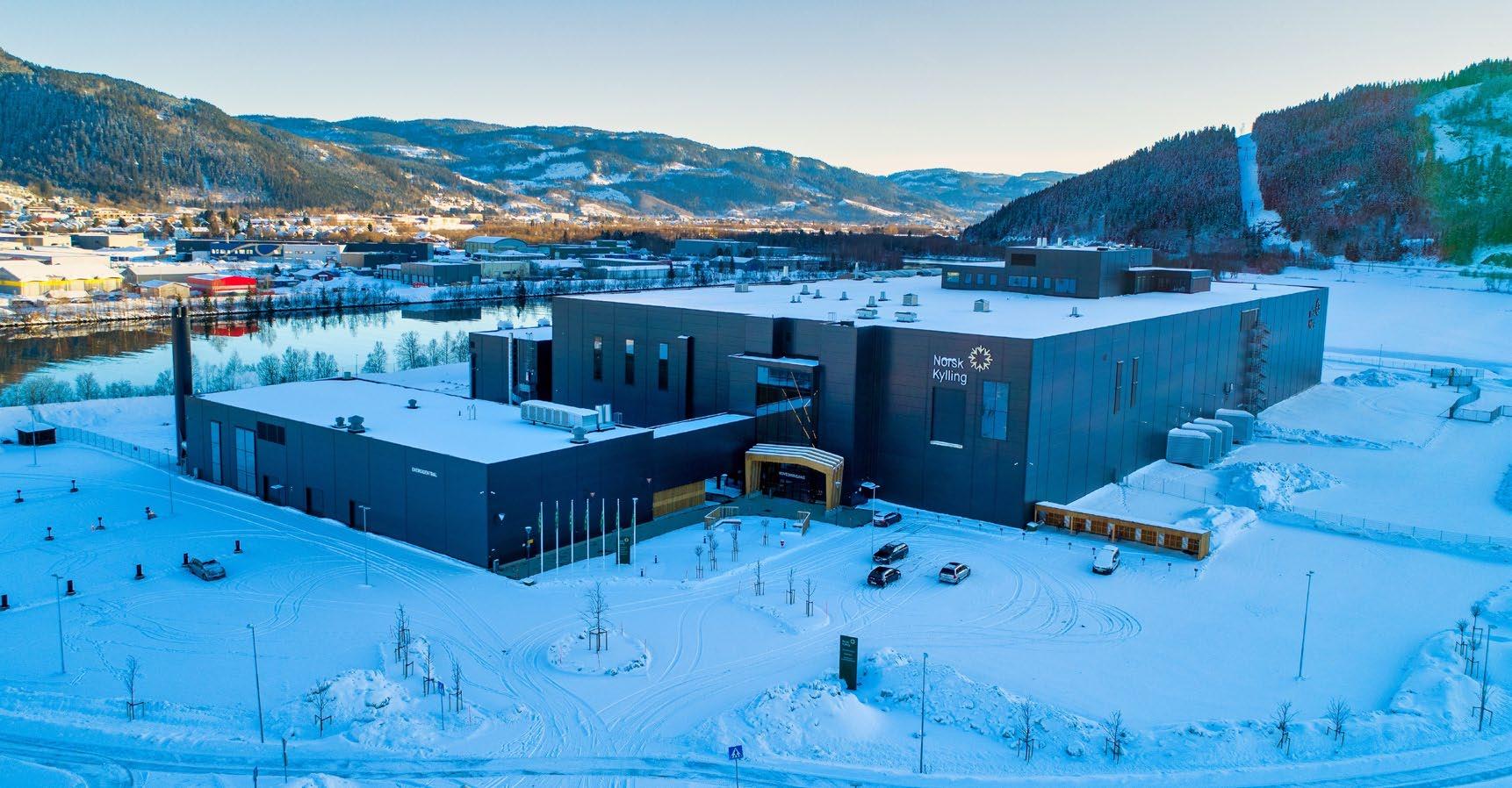
We process four chickens per second at the new facility.
A high degree of automation has been selected for both production and control processes.
The newly established processing plant has given us the ability to design an optimal process flow from scratch.
Optimised flow of goods and personnel. Smart energy management of buildings for the right temperature and quality.
Robust capacity allowing for increases in volume.

Energy efficiency and 100% renewable energy solutions

 Norsk Kylling
Norsk Kylling




We've developed a distinct and unique value chain with an emphasis on animal welfare and the farmer as a partner. We're proud of our achievements and are happy to share our results and experiences, and to present Norwegian food production and Norwegian agriculture. Our facility for visitors at Orkanger and the three farmhouses with facilities for visitors are concrete examples of this.

At Orkanger, we've built a visitors’ centre with room for 250 guests. Here, school classes, cooperating partners, and others can learn about our sustainable and environmentally friendly value chain. We're proud of Norwegian agriculture and Norwegian food production, and we want to take responsibility and show the work that needs to be done.
 Kjell Stokbakken CEO of Norsk Kylling
Kjell Stokbakken CEO of Norsk Kylling
Transparency and openness underpin everything we do. We present our entire value chain and share our skills and experiences
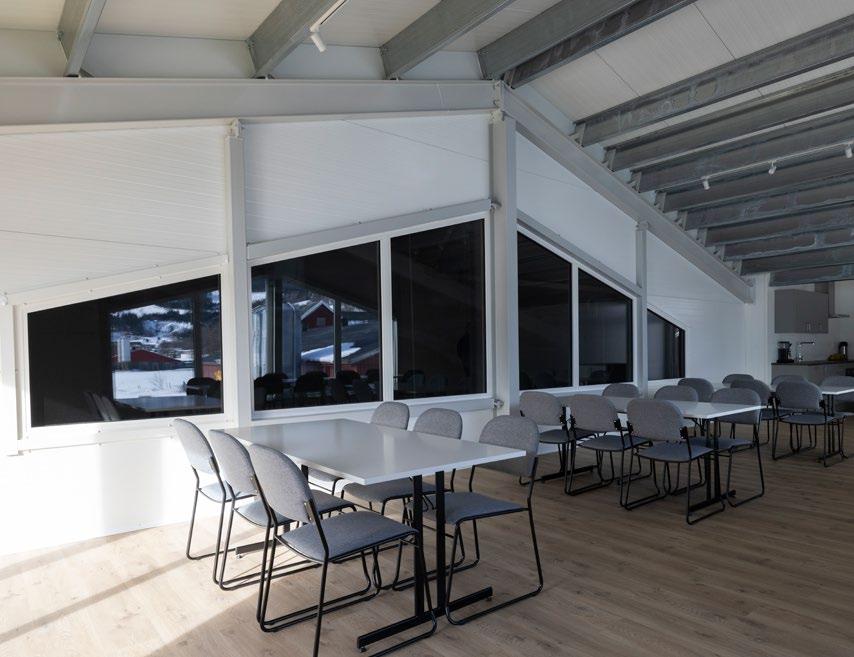
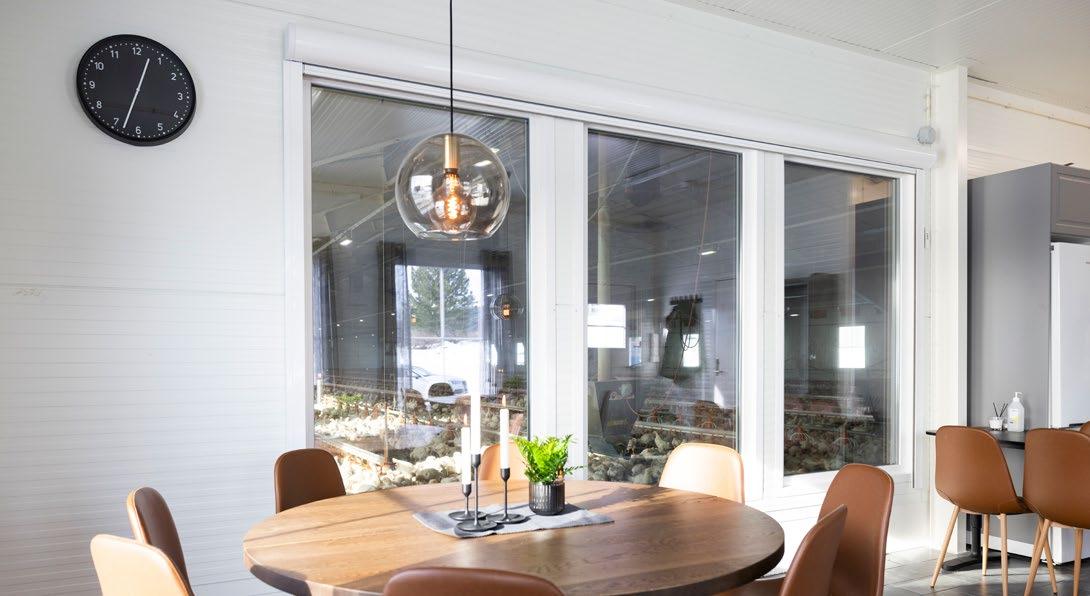
The farmers in our value chain deliver world-leading animal welfare every day. It is important to us that everyone gets the opportunity to visit and see how the farmers work.
For this reason, we started a project to build farmhouses with visitors’ facilities in cooperation with three farmers in 2020. The buildings were completed in 2021.


The farmhouses are built with visitors’ areas where guests can visit, observe, and learn about chicken production.

We're proud of the concept and its development. Our concern for animal welfare and predictable finances makes this job more fun. We're happy to openly show what we do
Snorre and Tove Hellesvik
Visitor hosts and farmers Norsk Kylling

In recent years, Norsk Kylling has undertaken formidable change. We’ve taken a stance for animal welfare and responsibility, we lead sustainability efforts through a broad portfolio of green projects, and we've officially opened our climate-neutral processing plant in Orkanger.

In our efforts to create the world’s best value chain for food production, many large and exciting challenges still lie ahead of us. We must cut down on food wastage and increase profitability. We must reduce our carbon footprint and protect biodiversity. By 2030, Norsk Kylling will be an climate-neutral company. We must think bigger than ourselves, and we will, because it's responsible, it's profitable, and because we as a food producer owe it to our consumers to find new, ever more responsible ways to produce food.

We must think bigger than ourselves, and we will, because it's responsible
Hilde Talseth Director of Sustainable Innovation at Norsk Kylling
Merete Forseth (Animal Welfare Director) and Norsk Kylling received the Responsibility Award (Ansvarsprisen) from REMA 1000 in 2018 for the efforts to introduce the chicken breed Hubbard, thus improving animal welfare in our value chain.
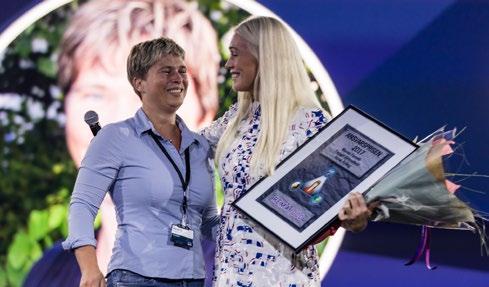
Norsk Kylling has received the Renewable Award for October from Energi Norge for the environmental solutions at our new Orkanger facility.

Norsk Kylling was positioned among the top 3 candidates for Næringslivets Klimapris 2020 (the Business Community's Climate Award 2020) for the development and construction of our new processing plant at Orkanger with its worldleading environmental solutions in the global food industry.
Norsk Kylling became Eco-Lighthouse certified for the first time in 2017, and was at the same time awarded the EcoLighthouse award for the Turnaround of the Year (Årets Snuoperasjon), for our major efforts undertaken with an emphasis on pollution and emissions, the working environment, and HSE. In 2020, we were re-certified as an Eco-Lighthouse.


In 2020, Norsk Kylling received the highest possible grade in the BBFAW (Business Benchmark on Farm Animal Welfare), an international ranking that measures the company’s emphasis on and commitment to animal welfare.

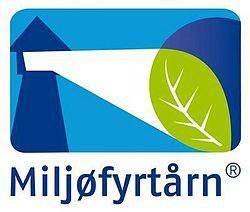

The GOOD CHICKEN AWARD is awarded by Compassion in World Farming, the world's leading interest group in agricultural animal welfare. The award is given for efforts to improve animal welfare in chicken production, such as the switch to a chicken breed that grows more slowly.
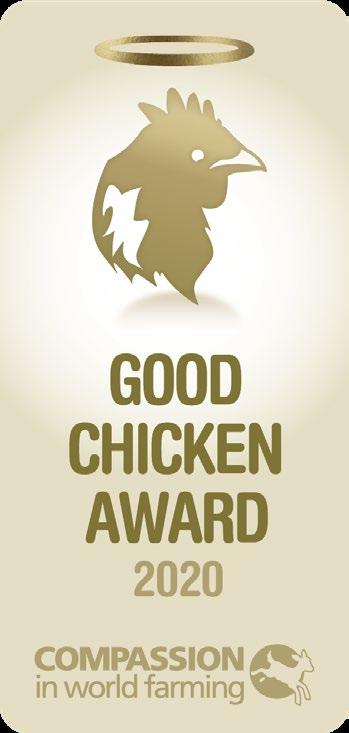
2016
2017



2018
2019
2020
2021
We received the Renewable Award for the opening of our new processing plant
Supplier of the year REMA 1000
Turnaround of the Year – EcoLighthouse Award
Supplier of the year REMA 1000
The Responsibility Award from REMA 1000, for the switch to Hubbard
Supplier of the year REMA 1000
Winner of the Good Chicken Award
Finalist Næringslivets Klimapris

Top rated BBFAW
Winner of the Renewable Award for October



The five freedoms
• Freedom from hunger, thirst, and malnutrition
• Freedom from abnormal cold and heat
• Freedom from fear and stress
• Freedom from illness and injury
• Freedom to perform normal behaviour
The Brambell Commission, 1965*
Norwegian legislation and best practices
The animal welfare programme for broilers was developed nationally by the industry, and is a framework for working systematically with documentation and improvement of animal welfare among livestock
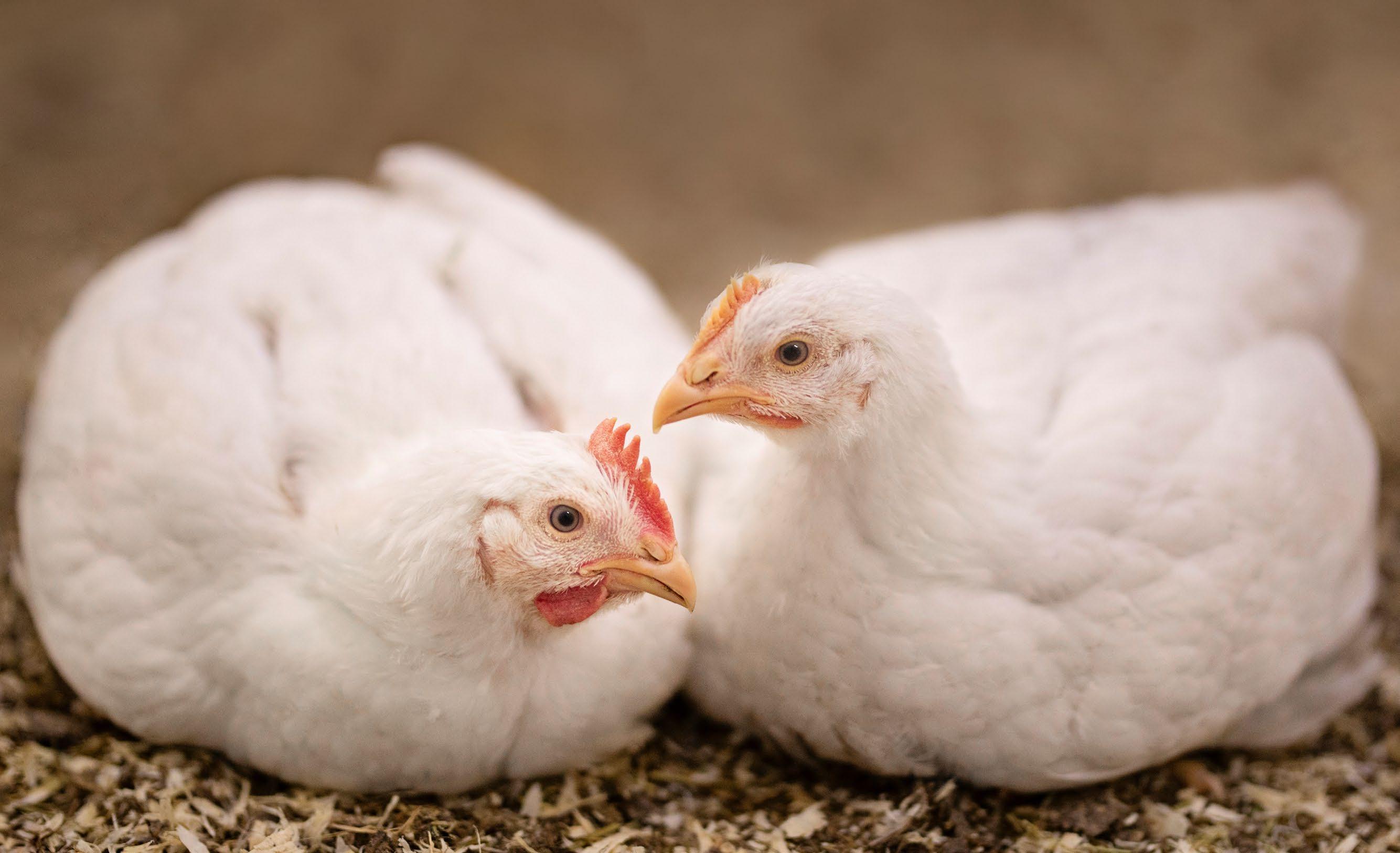
“All animals have an inherent value regardless of their use value to humans”
The Animal Welfare Act, Section 3
The farmer is responsible for the livestock from the time they arrive at the farmhouse until they are sent on to the next step in the value chain.

Norwegian farmers provide a high level of animal welfare. In our value chain, cooperation and coordination gives us a shared responsibility for ensuring that the farmers have the best conditions to deliver animal welfare in accordance with our vision.

Animal welfare for chickens revolves around how quickly the chickens grow, how much room they have, their bedding and flooring, and how exposed they are to illnesses and other issues. For this reason, the chicken breed is as important as its surroundings.
We are passionate about producing goods in a responsible manner, and good animal welfare is essential to this end.
For this reason, we switched to a new breed in 2018, Hubbard, which grows more slowly and lives longer. This means that we no longer use the conventional chicken that is usually produced in Norway.
We have pledged to the European Chicken Commitment (ECC), which is a production standard supported by 36 animal welfare organisations. Among other things, it requires a breed of chicken that grows more slowly, more space in chicken farmhouses, environmental enrichment, and lighting in the daylight spectrum.
Our processing plant is built using new, worldleading technology to gently handle the chickens. We are expanding the value chain with new farmhouses to give our chickens more room, and our farmers are laying the foundation for the best animal welfare. We're building a new hatchery where chickens will be given access to food and water, the first of its kind in Norway.
We've developed mandatory courses for all farmers in our value chain and production standards.
15% Lower daily growth
Hubbard is a chicken that gets a better life, because it:

has a healthier appetite (because it grows more grows more slowly
For the bird, this means
41% Longer lifespan
40% Lower daily mortality*
has a strong heart
bigger wings has a smaller breast
has bigger thighs
A more active life
Naturally good health
This is historical, a revolution in Norwegian agriculture, and for the consumer!
67% Lower transport mortality**
has a good sense of balance (due to a normal distribution between breast and thighs)
A longer lifespan
has strong legs
Switching to Hubbard is an important tool for improving animal welfare in Norwegian poultry production.
Live Kleveland, Founder and Communications Director, TheNorwegian Animal Protection Alliance


The level of the Norwegian poultry farmers is so good that our job is to give them the best possible conditions.
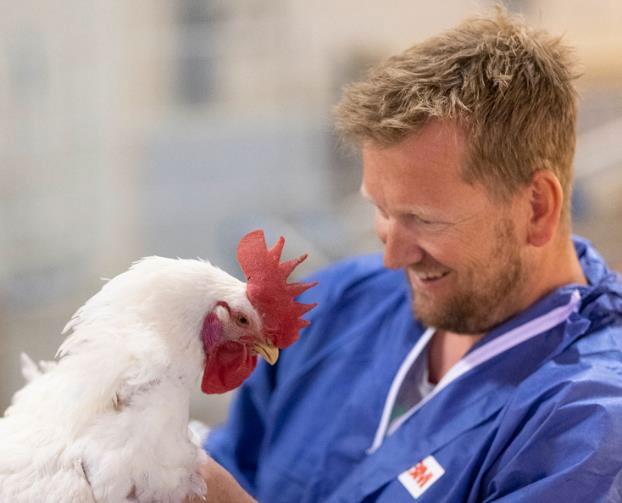
We have The right breed
A good chicken life depends on good genes. We must only keep chicken breeds that suit our animal welfare requirements.
Animal welfare is fundamental to us as a food producer. We therefore have a responsibility to provide the best animal welfare and to always seek new measures to improve further
All our chickens have a Good environment
We place strict requirements on the environment and our handling of animals. This includes having the right lighting, heating, ventilation, and access to feed and water.
All our chickens have More space
Chickens need space to play and do their natural behaviour, and we therefore give the chickens more room to play around.
All our chickens have Environmental enrichment
To cover the many natural patterns of behaviour (such as pecking, dust-bathing, and climbing up to heights), we have introduced specially designed packs with environmental enrichment and toys.
This is Tor Inge, the director of our animal welfare department and one of 15 agriculturists, veterinarians, and production consultants who make sure our chickens are doing well
Tor Inge Lien Upstream Production Director Norsk Kylling AS

100% of our farmers are part of our animal welfare programme
We focus on Gentle transport
We have High level of expertise in animal welfare
Transport may be a source of stress for the chickens, and good conditions are therefore important. Our chickens have extra space and shorter transport times.
Knowledge and expertise regarding the animals’ needs is essential for good animal welfare. We must therefore maintain a high level of expertise concerning animal welfare across every level of the value chain.
Click here for our Animal Welfare Declaration, where we describe our approach to animal welfare, and commit to the concrete measures we view as being important.


I started working as a supplier for Norsk Kylling in 2005, and it's been an incredible journey over the years. A lot has happened, such as the introduction of environmental enrichments, the switch to Hubbard, and now farmhouses with daylight-spectrum lighting and more room for the chickens.
Being farmers is our lives and our livelihoods, and if we can't deliver on animal welfare, we can't operate. I always say that animal welfare takes the highest priority, because good animal welfare is what gives a good economy.
The initiatives we have implemented together have yielded results. In Hubbard, I see a hardy, healthy chicken with a bone structure suited to its weight. With the introduction of environmental enrichment, being a chicken and being a farmer have both gotten better, and it's good to see a chicken that’s always fully active. In 2021, I built a new farmhouse with windows and daylight-spectrum lighting suited for the chicken. The windows have been a revolution, and I’m overjoyed that this was set as a requirement when I was building. In addition, I exclusively chose renewable energy solutions suited for a good indoor climate.
As a farmer, systems and good daily routines are important to me. The routines and guidelines that have been developed in cooperation between us farmers and Norsk Kylling work well precisely because of our cooperation and coordination. This ensures responsible production throughout the whole value chain.
There are many factors that affect the chicken's life at the farm:
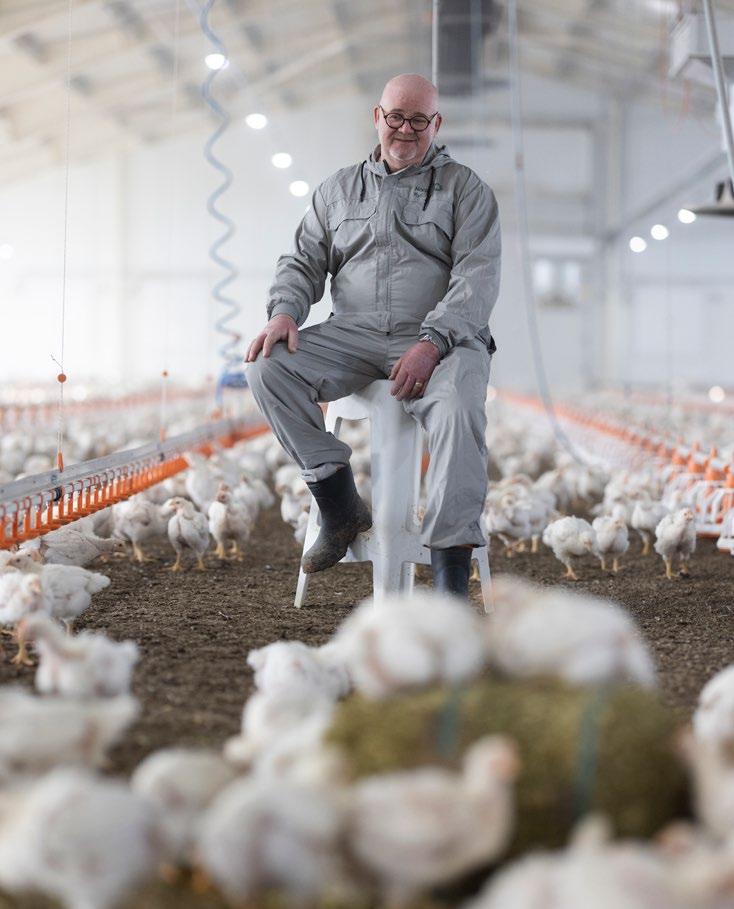
enrichments encourages natural behaviour
The right lighting yields an active chicken
A good indoor climate yields better health
Gentle treatment yields calm, safe chicken
It is important that the chickens have dry, good flooring to walk on
The right amount of feed and water gives chickens energy
Rune Vang, farmer
The work the farmer does is a prerequisite for good animal welfare
The European Chicken Commitment (ECC) is a commitment supported by 36 European animal welfare organisations** and is intended to ensure good animal welfare

-23% -32%
These are some of the requirements in the commitment:
With Hubbard in 2018, a chicken breed that grows more slowly
Environmental enrichment developed in cooperation with the Norwegian Animal Protection Alliance and Animalia
Third-party inspection to ensure ECC-compliant production
Windows / lighting in the daylight spectrum to be established in all farmhouses over the course of spring 2022
Lower density achieved by building 14 new, environmentally friendly farmhouses, to be completed in spring 2022
Because we care about animal welfare and our chickens doing well, we've given our chickens extra space. Chickens need plenty of space to have the “freedom to practise their natural behaviour”.
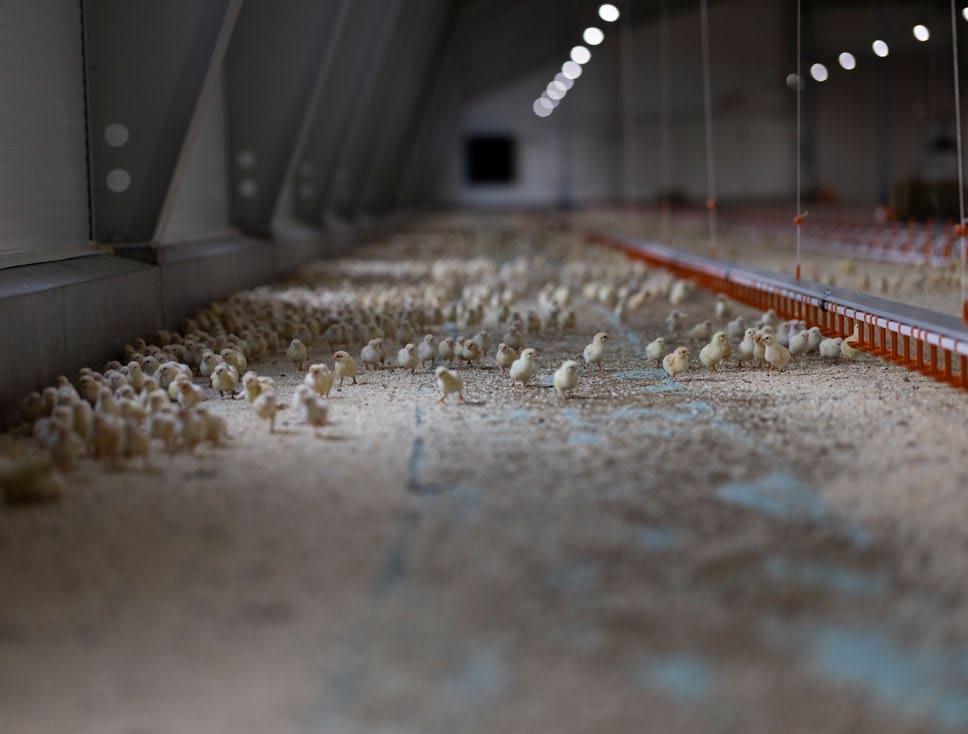
Statutory requirements Norsk Kylling 2020 Norsk Kylling from 2022


We take animal welfare another step forward and have committed to the ECC
All our poultry have a specially customised pack of environmental enrichments that are developed in cooperation with the Norwegian Animal Protection Alliance and Animalia. The pack consists of a combination of hay bales, pecking blocks, peat baths, perches, and platforms.


Popular climbing fixtures that can also be pecked on, used for shelter, or nibbled at

Covers the poultry's natural need to peck, in addition to providing essential nutrients






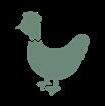





A kind of bathtub filled with peat or bedding that is used for dustbathing. Some birds choose to just sit on the edge
The birds relax properly when they can sit on an edge or loom over the rest of the flock a little

Large platforms give the birds the opportunity to get high up and look down over the flock, or seek shelter underneath them
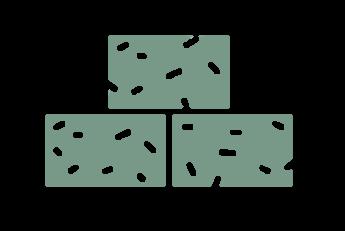

At the hatcheries, we focus on:
Lighting
Rooms with live chickens have daylight-spectrum lighting.
Climate and hygiene
An optimal climate and good hygiene are highly important for newly hatched chicks.

Humane sedation
Ill and injured chickens are immediately sedated and euthanised on hatching days. The sedation is done humanely with the use of CO2 gas.
At the processing plant, we focus on:
Lighting
We use a blue light at the processing plant as this has a calming effect on the chickens.

Minimal handling

To avoid making the animals stressed, letting them stay calm as much as possible. The chickens stay in the same transport cage from the time they travel from the farmhouse to when they are sedated.
Humane sedation
We are the first ones in Norway to use a sedation system that sedates the chickens directly in their transport cages. This allows us to avoid handling the chickens before sedation, which is viewed as clearly being the most humane method of sedation. All chickens are sedated before they are euthanised, and everyone who works with live chickens at the processing plant goes through specially customised training and must pass an exam.

Market-leading technology that makes an optimal climate for the chickens and reduces stress. Technology

In the new hatchery, the chickens will have access to food and water from the time they are hatched. This is the first hatchery in Norway to feature this solution.


We are concerned with making sure our chickens hatch in a calm and comfortable environment. All solutions are therefore selected with care to ensure the best possible animal welfare.
We’re further strengthening our animal welfare by building a new hatchery
In 2021, we decided to build a new hatchery. We have ambitious goals and animal welfare is our top priority in every decision we make for our new hatchery.
The new hatchery is being built at Støren, on the premises of our former slaughterhouse and processing facility.
is


Before and during transport, we focus on:

Gentle handling
We have a major emphasis on gentle handling. Everyone who is involved in moving the chickens to the transport cages has completed a practical and theoretical course.
Our chickens have 19% more space during transport than is required by law.
Short travel
Our upper limit for transport time is three times stricter than the regulatory requirement. None of our chicken farmers live more than four hours away from the slaughterhouse.
In order to give the chickens the best possible travel, we focus on keeping the right temperature and air quality during transport. Climate
transportation is important for maintaining good animal welfare
Close and tightly knit cooperation with our transportation partner is essential for ensuring good animal welfare during transport
Thomas Haltland, Director of Logistics, Norsk Kylling AS
Miriam is a veterinarian that holds special responsibilities for our chickens. In our Animal Welfare Department, we have 2 agriculturists, 9 veterinarians, 2 production contacts, and 2 feed specialists

important thing for us is to maintain a good dialogue with all the farmers, so that we can take preventive measures to promote the health and well-being of our livestock. We make regular visits to all our farmers and are available when needed

-
Our animal welfare team keeps in touch with our farmers daily. Everyone receives at least two annual visits with reviews of the flock and the farm.
We have developed our own guidelines for technical equipment and their use in the farmhouse. We place strict requirements on the environment for the chickens with regard to temperature, humidity, and air quality.

The most
Miriam Bø Garner, Director of Broiler Unit, Norsk Kylling AS
Good animal welfare isn't possible without expertise and knowledge regarding the animals’ needs. Our Chicken School is mandatory for everyone who handles chickens in our value chain.
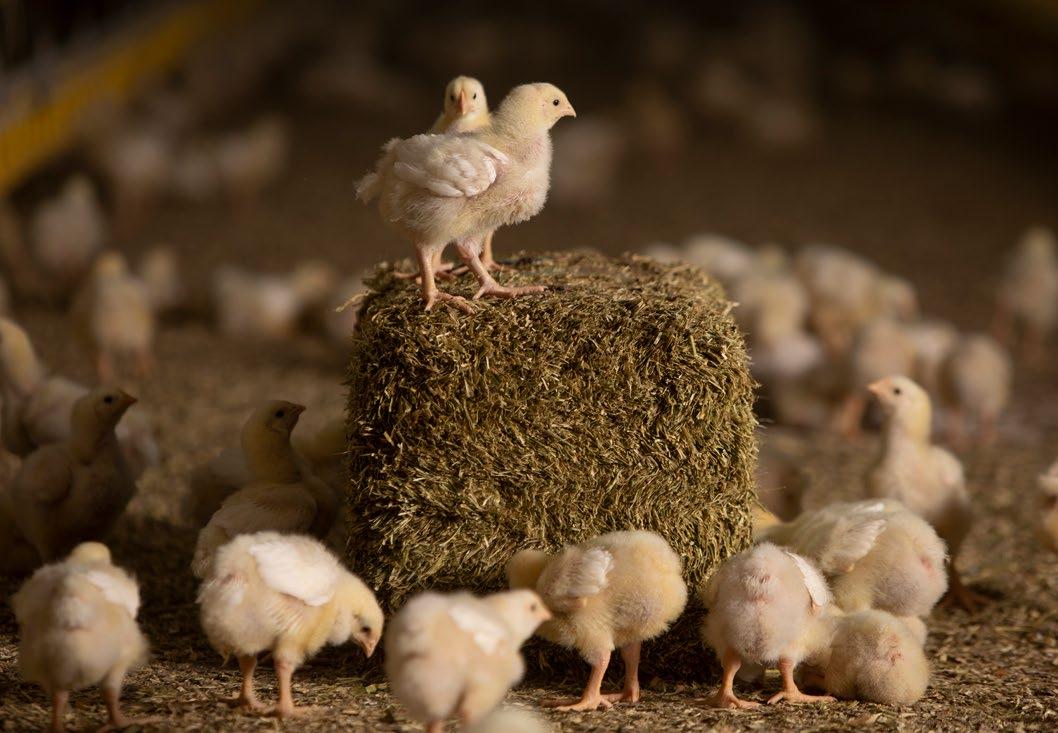
The Chicken School started in 2018, and over the course of 2019, all our producers had gone through its first part. In 2021, we opened new training premises at Orkanger and in the display farmhouses
Everyone who is involved in our value chain must complete relevant course modules
Did you know…
That research shows that the farmer’s daily care in the farmhouse is a key factor for good animal welfare
Norsk Kylling’s own educational programme for raising the level of expertise throughout the whole value chain. The programme is a supplement to the animal welfare programme and national requirements, and is mandatory for all farmers and others who handle the poultry.

Topics we cover:
The chicken's needs
The chicken's health
Feeding
Lighting
Climate control

Flooring
Environmental enrichment
Picking
Transport
Handling
Goals and intentions
Merete’s doctorate focuses on open monitoring and assessment of animal welfare among more slowly growing chickens. The goal is to find transparent and reliable methods for monitoring and documenting animal welfare.


Norsk Kylling seeks to expand its emphasis on animal welfare by continuously measuring positive welfare indicators such as running and playing throughout the chicken's life. This way, we can work even more efficiently by adapting the coops for the chickens’ behaviour and further improving animal welfare in the value chain.

Merete started her doctorate in March 2021 and will complete it in March 2024. Her dissertation is titled “Bwell – assessment of Broiler Welfare in a medium-slow growing hybrid”.
 Merete Forseth Animal Welfare Director, Norsk Kylling Ph.D. candidate at the Norwegian University of Life Sciences (NMBU)
Merete Forseth Animal Welfare Director, Norsk Kylling Ph.D. candidate at the Norwegian University of Life Sciences (NMBU)
We’re strengthening our expertise in animal welfare, Merete is pursuing a doctorate
The camera technology recognises the behaviour of each individual chicken, such as running and playing.
We conduct an annual review of animal welfare in our value chain
Our goal is to achieve the top mark, A, for our ethical accounts at our processing plant and our two hatcheries
A
What are ethical accounts?
Ethical accounts are a comprehensive survey of factors that may affect animal welfare at the hatchery, in the coop, during transport, and at the processing plant. The accounts are completed with a written report that the company can use in their efforts to improve conditions.
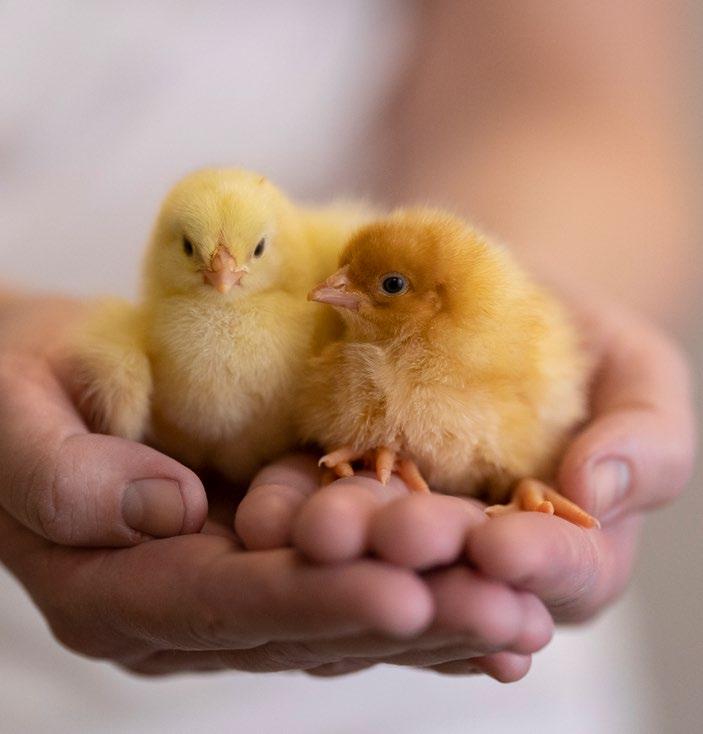
A
Processing plant, Ethical account

2020*
B
Parent stock hatchery, Ethical account
2021
Broiler hatchery, Ethical account
2021
In Norway, the industry organisation Animalia audits such ethical accounts
Merete Forseth Animal Welfare Director Norsk Kylling

We're good, but we're always working be better
Norsk Kylling
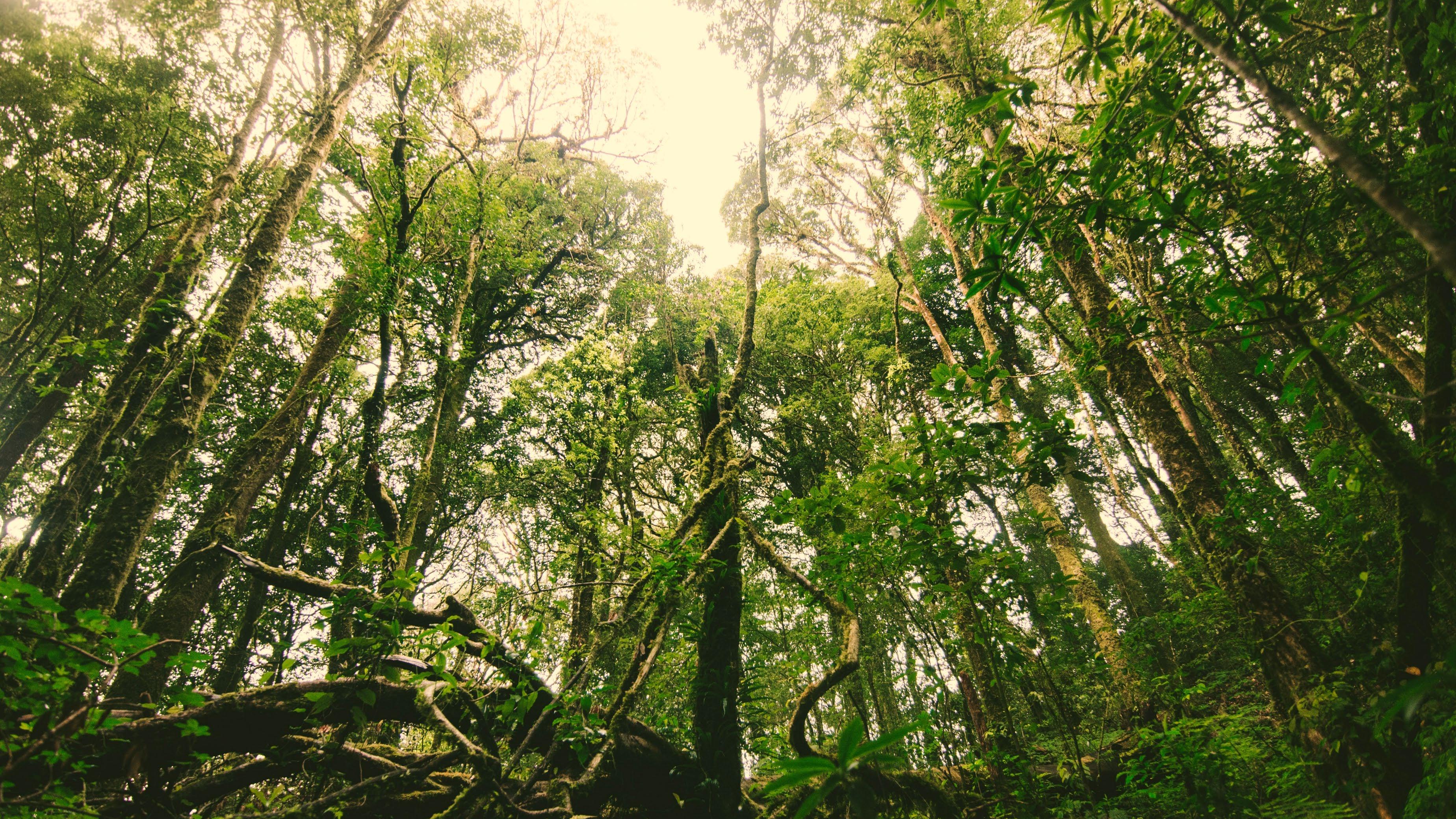
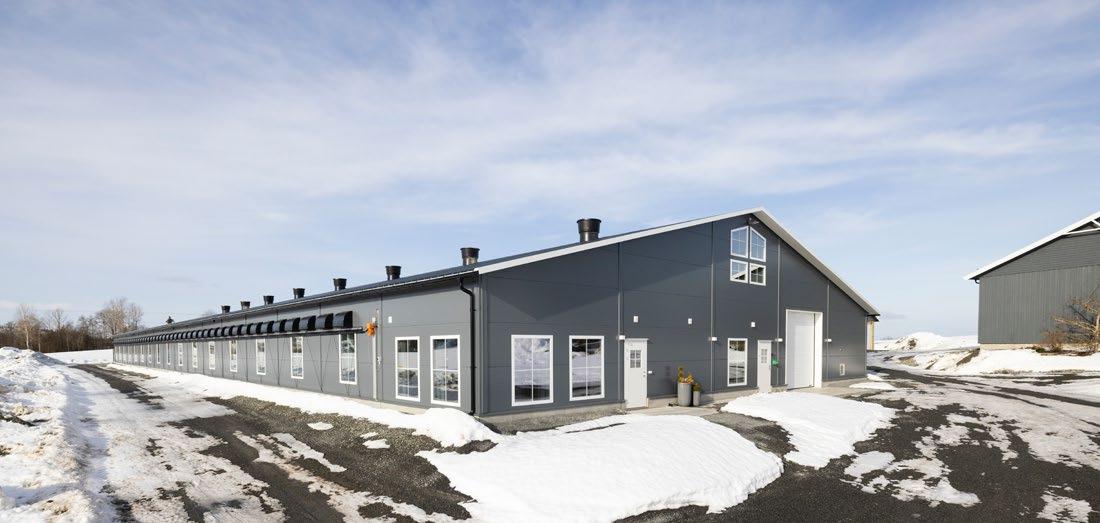


We’re building a green value chain that sets a new environmental standard for the food industry of the future

We use climate reporting that covers the whole value chain, including “scope 3", which refers to indirect emissions related to our customers and suppliers. We measure all factors that affect our carbon footprint
We not only measure our own emissions, but also emissions linked to the goods and services we buy
Climate reporting is important to us because:
1. It contributes to transparency

2. It forms the basis for making decisions in connection with climate measures
Scope 1
Emissions generated directly by operations
Scope 2
Indirect emissions from purchased energy (electricity)
Scope 3
Other indirect emissions, including customers and suppliers
We keep annual climate accounts! We group our emissions sources by:
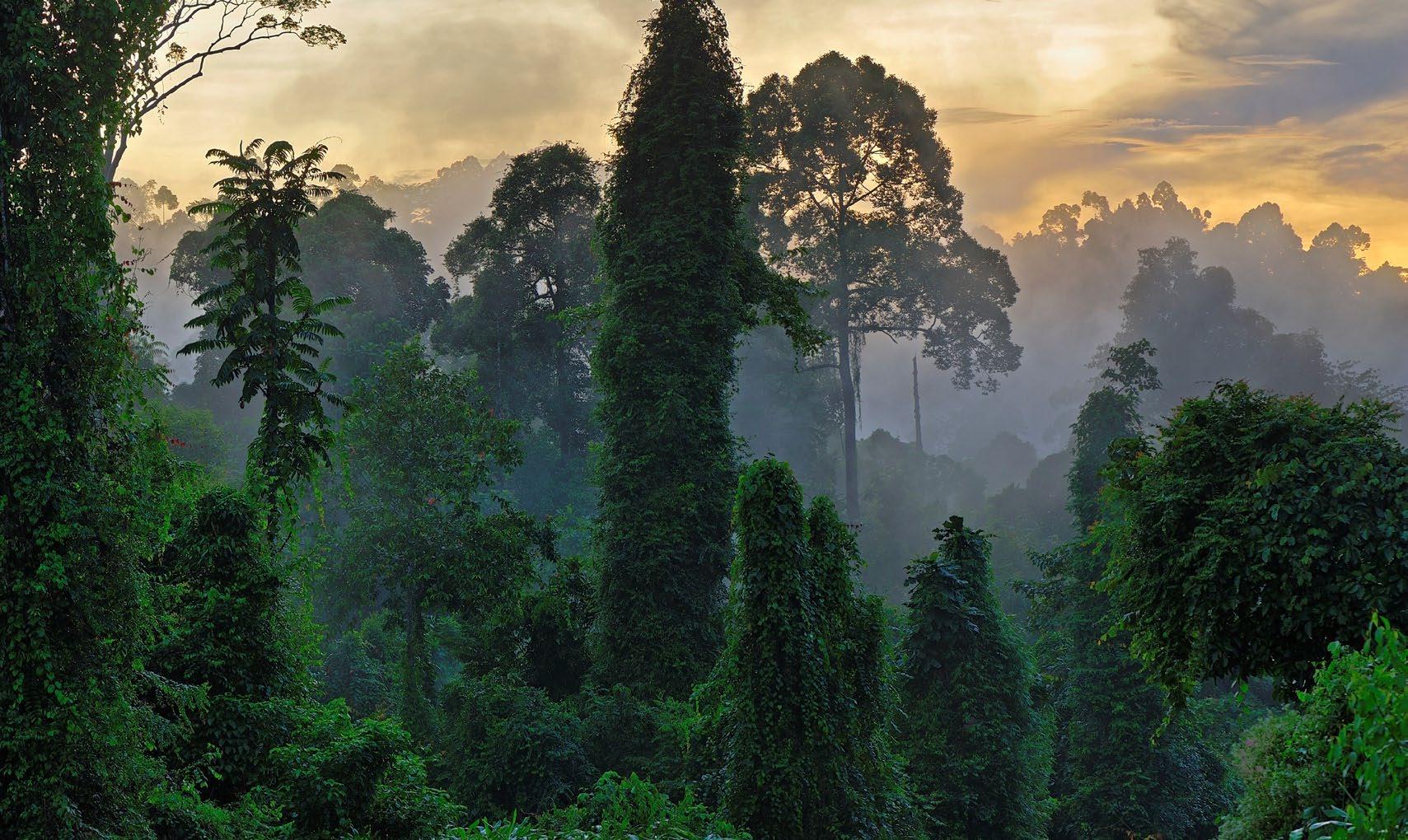
Climate accounts are accounts for a company’s direct and indirect emission of gases that may lead to an increased greenhouse gas effect. For the sake of comparison, all emissions are converted to CO2 equivalents (CO2e).
Stationary combustion
Transport and travel activity
Electricity
Waste management
Chicken feed
Packaging
Water consumption

Emissions per Scope for Norsk Kylling
Emissions from Norsk Kylling after the switch to a more slowly growing chicken breed

Emissions Scope 1 [kg CO2 / kg chicken]
Emissions Scope 2 [kg CO2 / kg chicken]*
Emissions Scope 3 [kg CO2 / kg chicken]
*Starting in 2021, the methodology for this calculation has changed from the Nordic mix to the Norwegian mix, a factor that represents the Norwegian electricity mix. With market-based calculations, the emissions for Scope 2 in 2021 are 1019 tCO2e, for which origin guarantees were also purchased in 2021
Our initiatives shall have a positive impact on the carbon footprint of our entire value chain. In addition to our annual climate reporting, we therefore go further in our efforts to ensure that the measures have a documentable, positive impact on the climate.
The analysis is completed in cooperation with Asplan Viak and is externally audited by NIBIO.
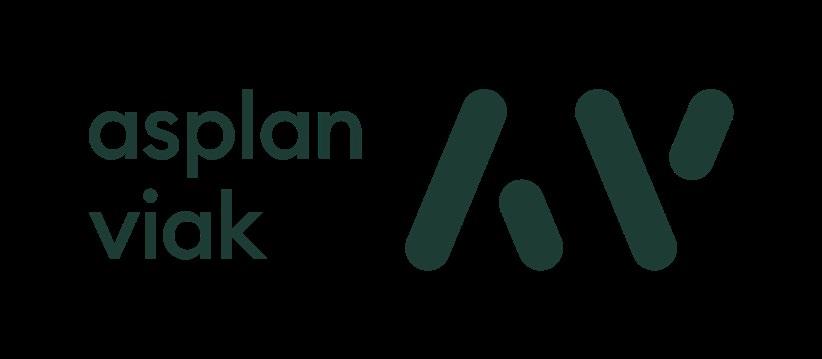





The data is based on figures for Norsk Kylling's production in 2020 and relevant climate databases*.

The analysis estimates our carbon footprint and registers our consumption of fresh water and use of area, with a primary focus on greenhouse gas emissions.

The analysis is completed for chicken products from the production of eggs to parent stock production, and up to when the products are delivered to the retailer, in other words, our entire value chain or what is called a “cradle to gate” analysis.





The results of the lifecycle analysis completed in 2021 shows that the carbon footprint for raw chicken products produced by Norsk Kylling in 2020 was 4.1 CO2 equivalents per kg.
Our chickens have a lower carbon footprint than salmon
Our products have 51% lower emissions than salmon when compared with the same interface.
The analysis shows changes that occurred as a result of our switch to a chicken breed that grows more slowly
Changes to feed consumption at the broiler level and altered feed composition
Reduced mortality after changing chicken breed
Reduced transport needs as a result of the new chicken breed’s increased weight
Lower feed consumption in rearing and layer farm production
Carbon footprint for chicken breeds produced by Norsk Kylling*


-1%
Faster-growing - Ross
Slower-growing - Hubbard

The comparison is done using the following methodology (kgCO2e / kg boneless meat): Per edible product, mass allocation with the assumption that by-products are not used, comparison upon slaughter, use of area is not included, feed micro-ingredients not included.
*The analysis shows that 82% of the emissions from our raw chicken products are related to the feed the chickens eat. The shares and raw ingredient origins are retrieved from two different feed suppliers. The carbon footprint is taken from Agrifootprint (version 5.0) and Agribalyse, for areas where Agrifootprint does not offer suitable data.















We actively work at every level of our value chain to find new, innovative, and sustainable environmental solutions. Through a cooperative, circular mindset and close interplay with competent and passionate individuals within and beyond our own organisation, we've succeeded in establishing several promising and measurable sustainability projects

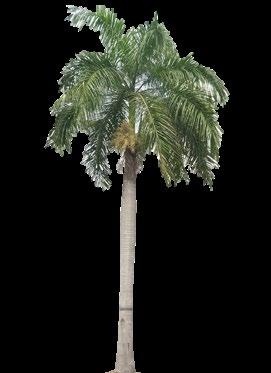




Environmentally friendly packaging / plastic reduction


Preservation of nutrients


Sustainable feed ingredients

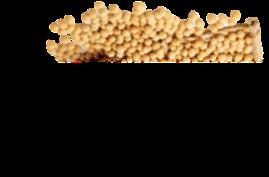


Environmentally friendly hatchery


Reducing wastage



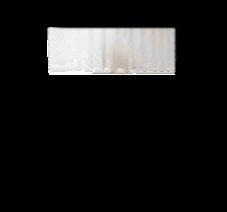
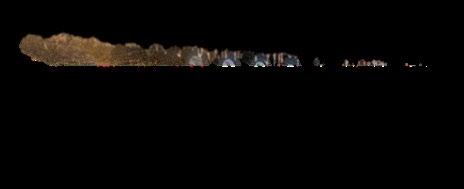
Utilisation of surplus products
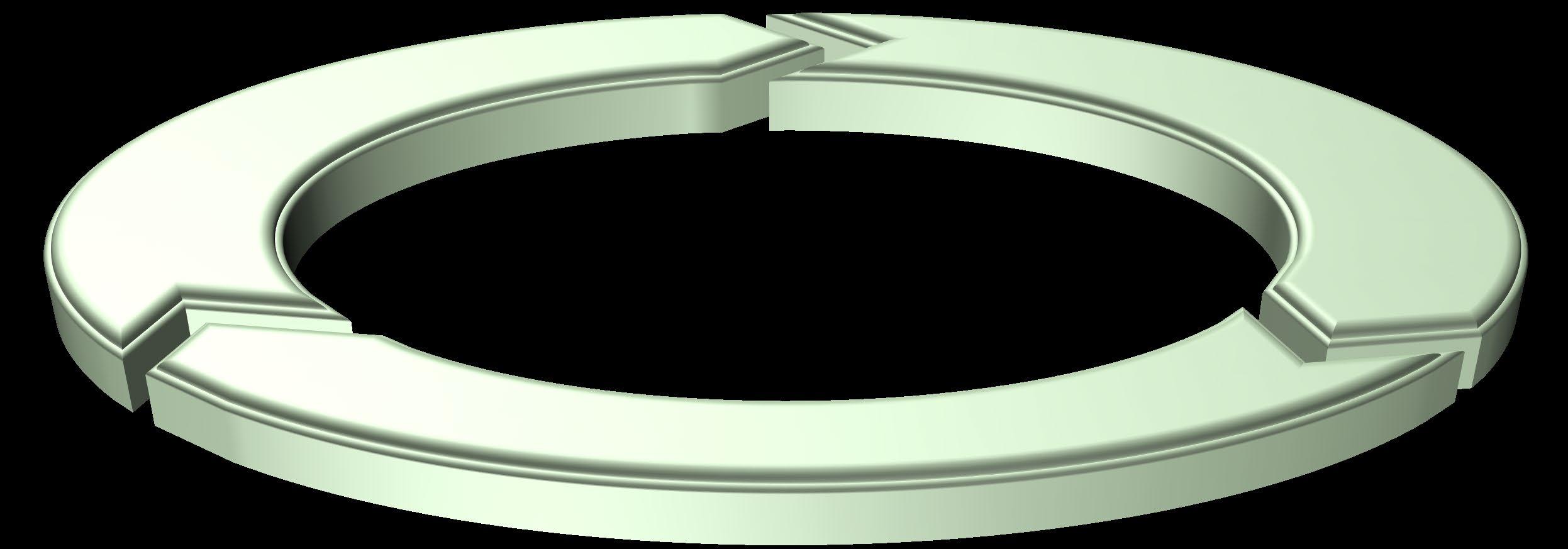
Environmentally friendly transport

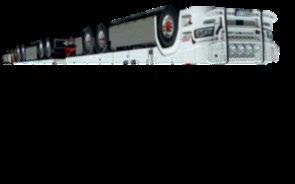
Biogas production







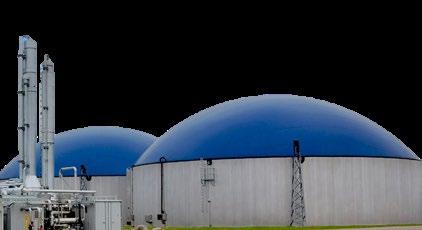
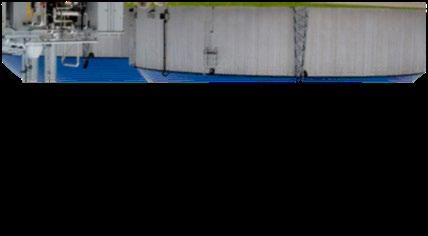

Environmentally friendly farms

















It’s important to us that our decisions take a complete view and are based in facts. In addition to our annual climate reporting, we therefore conducted a lifecycle analysis of our entire value chain in 2021. All sustainability goals we initiate must have a documentable impact and help us achieve our goals.
Our climate reporting shows that about 80% of the carbon footprint of our value chain comes from the feed for our chickens. In addition to the carbon footprint of the feed, we will need more food in the future. The UN has concluded that we will need 70% more food in 2050 due to population growth*.
Although all the soy in our value chain is 100% traceable and deforestation-free, we see a need to innovate. The demand for new raw protein ingredients will increase going forward, and we will have to set ambitious goals to contribute as much as we can. For this reason, we actively strive to find shorttravelled, sustainable feed ingredients with an emphasis on building up circular solutions that contribute to increased national value creation.
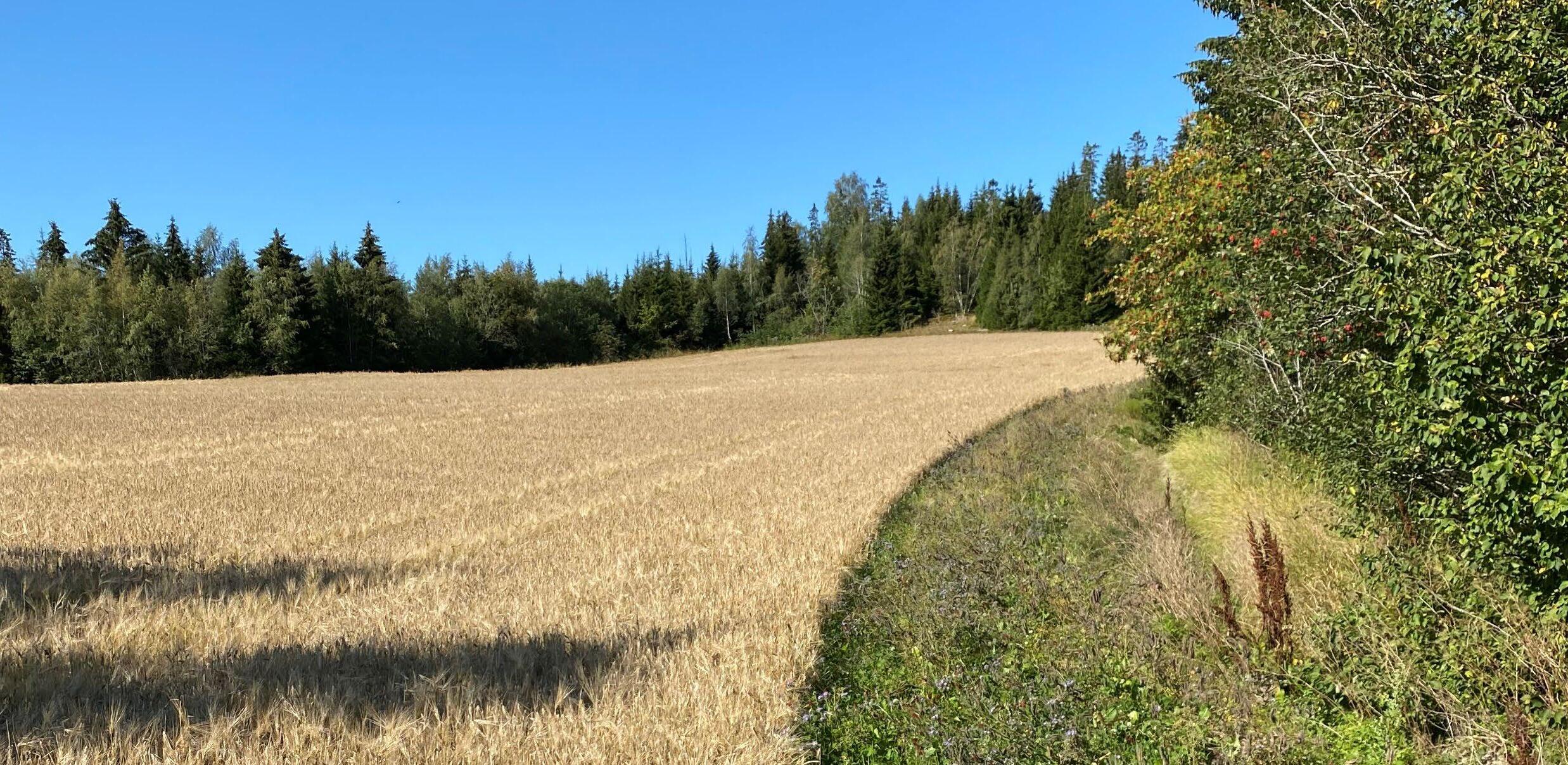
“Food security exists when all people, at all times, have physical, social and economic access to sufficient, safe and nutritious food to meet dietary needs for a productive and healthy life.”
- The UN’s definition of food security
*https://www.regjeringen.no/no/tema/mat-fiske-og-landbruk/jordbruk/innsikt/handel-med-jordbruksprodukter/matvareutfordringen-i-verden/id2364455/


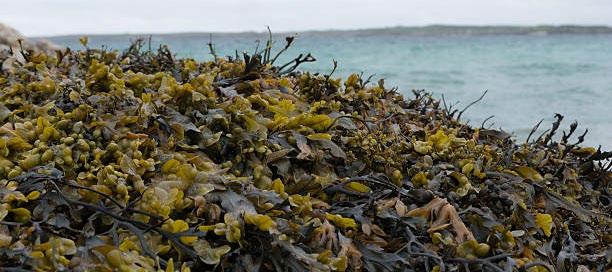
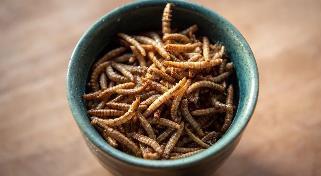
Our ambition to gain new raw ingredients matches the sustainability goals








Maintain good animal welfare

In 2021, we went from a development phase to a testing phase in several of our projects
Local





















Public health
Contribute to good public health Compete on price and quality




We will likely need more ingredients to achieve our goal of using soy-free feed. In 2021, we have tested new ingredients and are working with multiple research and development projects.
We are working on the development of ingredients that can be produced locally, ideally near us. The goal is to contribute to the establishment of circular and local value chains.



The ingredients must have a minor impact on the land area. We seek circular production methods with low area intensity and a minor carbon footprint.


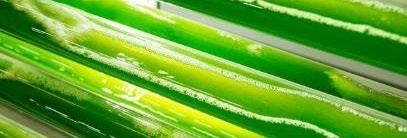

We seek ingredients that further improve our animal welfare. Veterinarians contribute to research design and follow-up, and we perform analyses to improve animal welfare parameters.
Our goal is to use ingredients that will not go directly into human consumption. New ingredients can also have properties that result in even healthier chicken meat.
Increase the use of local raw ingredients


Cooperation with farmers, NIBIO, and Felleskjøpet

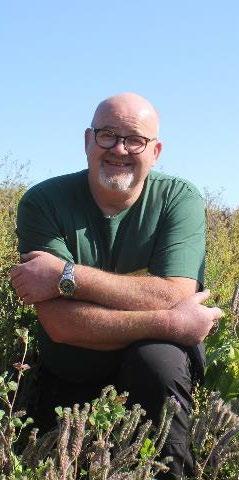


In 2021, 16 of the farmers in our value chain planted flower fields around their grain fields to give pollinating insects better places to live in Central Norway

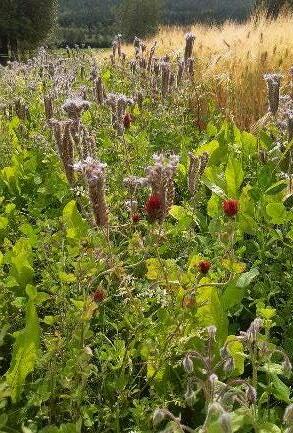

15 football fields of flowers
We planted 10 square kilometres of flower fields around the processing plant. Each farmer also planted about 6 square kilometres of flower fields
Pollinating bees are crucial for sustainable food production. This project is a key step in these efforts.
Annette Bär, NIBIO researcher, Dr. rer. nat. landscape ecologyPhoto: Felleskjøpet, NIBIO and farmers
Along with our farmers, we are switching to renewable and energy-saving solutions
This means that even though we are increasing our farmhouse area by 28%, we're reducing our carbon footprint for heating by 21%. This equals 1400 tons of CO2 per year.
Several of the farmers have installed renewable energy sources such as solar cells and wood chip heating. They are also reducing energy needs through the use of heat recovery.


Heat recovery

(1) https://www.miljodirektoratet.no/ansvarsomrader/klima/for-myndigheter/kutte-utslipp-av-klimagasser/klima-og-energiplanlegging/tabeller-for-omregning-fra-energivarer-til-kwh/
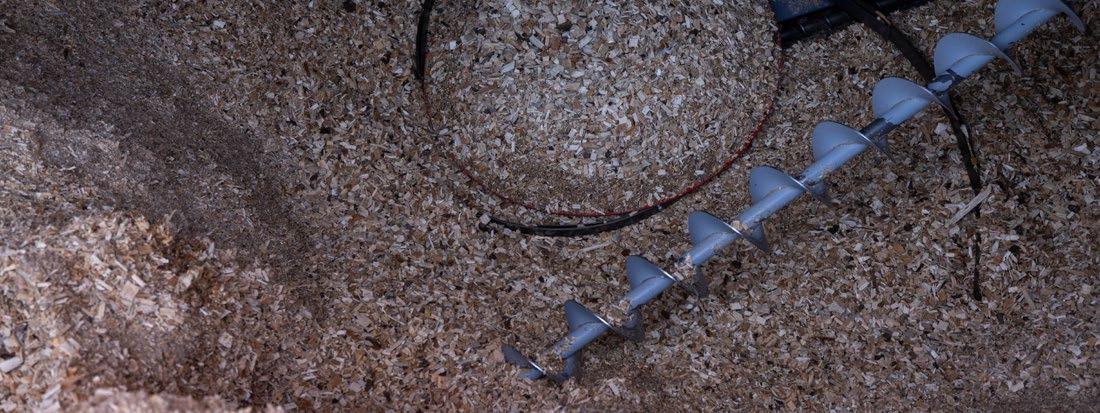

(2) https://energiogklima.no/klimavakten/live-data-strom-og-co2/

Good air quality is essential for good animal welfare in a chicken farmhouse, it is therefore important to have the right air volume and the right temperature. Ever more of our farmers have now installed heat recovery units to recover 50-70% of heat from the air.


Skilled farmers control their buildings using multiple production parameters, such as the amount and the uniformity of ventilation. We wish to improve and develop management systems that will allow us to optimise farmhouse management for energy consumption and animal welfare.
Innovative and pioneering farmers have ensured that we've already considerably increased our share of green energy solutions in recent years. With our measurement project, we will find more renewable options that also ensure the farmer's economy through predictable and environmentally friendly operations.

In 2021, we began a measurement project* in cooperation with the farmers. We will find more renewable and energyefficient solutions
We've developed a circular economy solution to introduce the use of biogas

In 2021, we ordered three new trucks that run on biogas
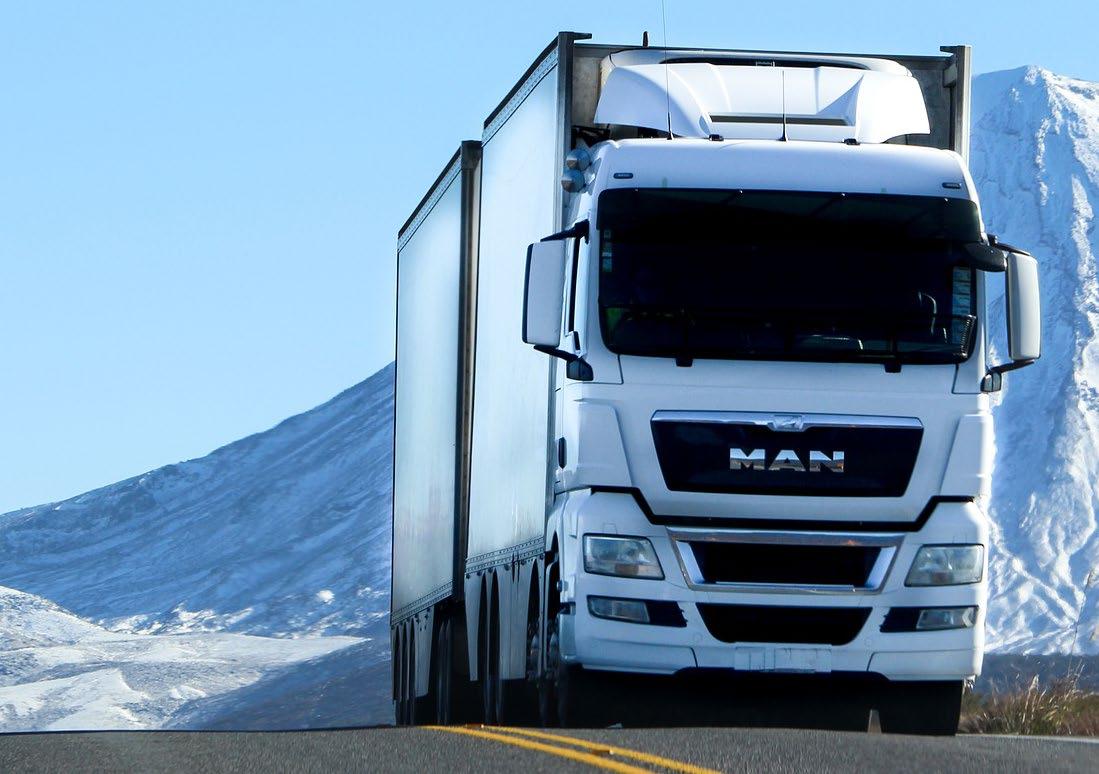
Infrastructure
Our own refuelling station
Trucks
Emission-free and with sufficient range

Our vehicles are run using byproducts of our own value chain
Biogas
Biogas from Central Norway
Three new biogas vehicles will be used to transport eggs and chickens in our value chain in 2022. With biogas as a fuel and battery solution for heating the storage room, our vehicles use 100% renewable energy!
This is the path forward for environmentally friendly transport
In 2022, we're receiving three biogas vehicles. We are replacing diesel in several light trucks with biogas, made from by-products in our own value chain
In 2021, we put to use seven top-of-the-line modern trucks that release 77-80% less NOx. This equals an annual reduction of 630 tons of CO2!
Raw ingredients
By-products from own production
Swapping out all vehicles in association with NKH’s activities with emission-free vehicles

In 2020, our Enova application or biogas trucks was granted
In 2021, we started a pre-project in cooperation with NTNU to find the best way to process chicken waste for biogas production
Compared to our old processing plant, greenhouse gas emissions are cut by 100%


• Waste energy from adjacent industry
• Electrification and solar cells
We've installed solar panels on the roof of the facility that supply the service building with energy
• Innovative energy storage solutions



We've laid a pipeline under the fjord, which supplies our facility with surplus energy that would otherwise be released straight into the fjord
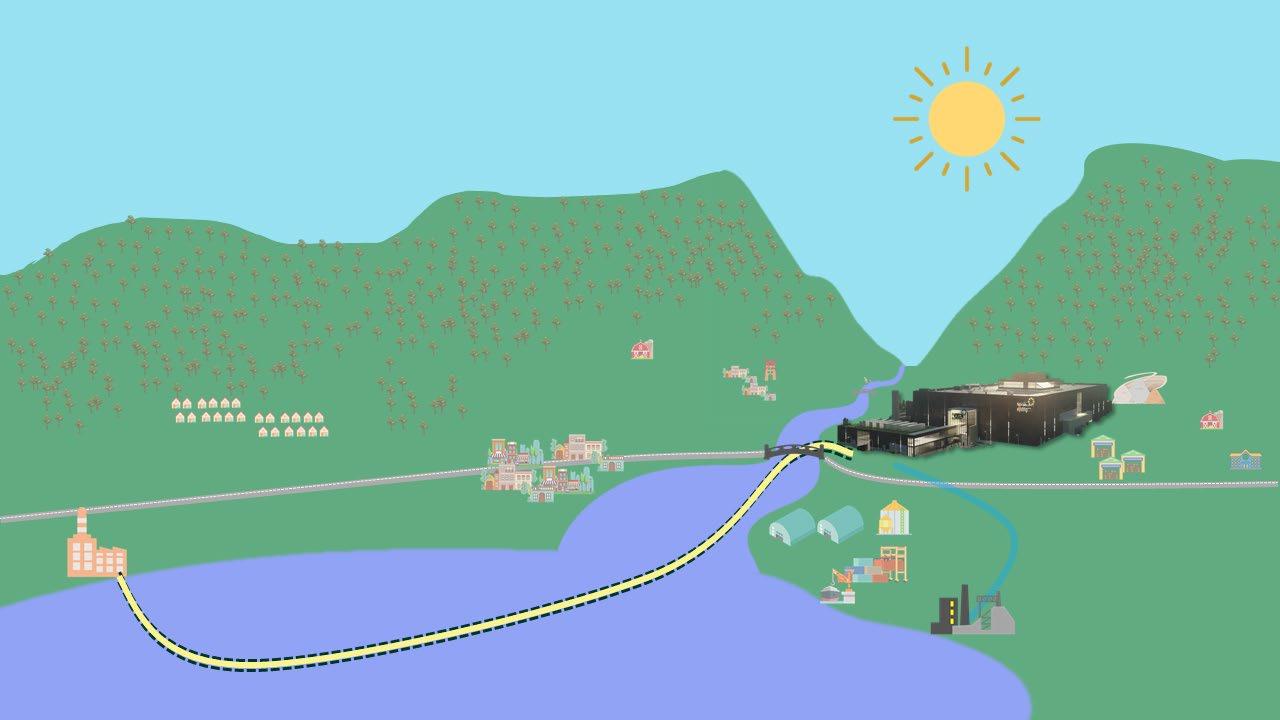

• Seawater cooling and smart management
We use smart energy management systems and thermal energy storage
We've built a seawater intake that allows us to use seawater for all our cooling needs. Saving up to 20% of energy
The concept for sharing our renewable energy with nearby industries
The solutions are developed in cooperation with partners who have heavy industrial expertise

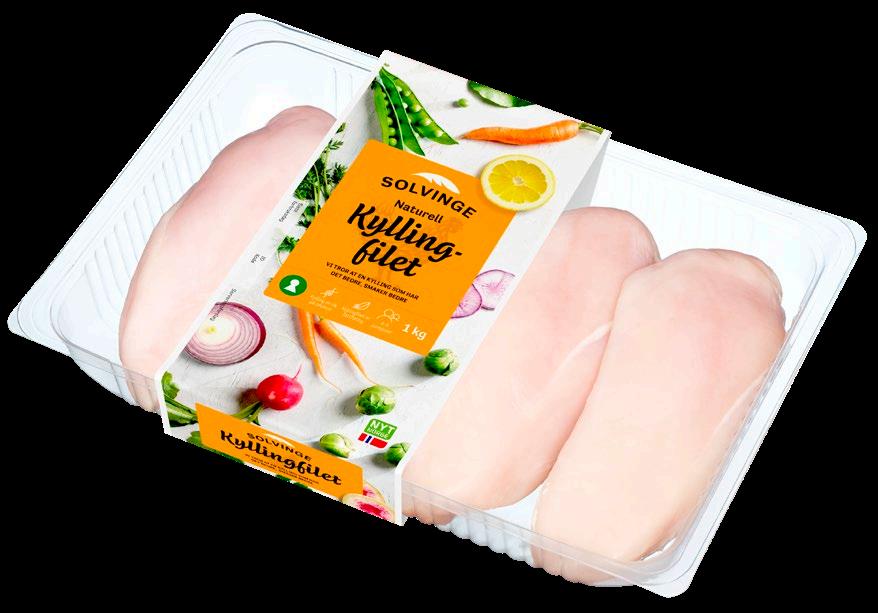
By 2030, 100% of our plastic packaging will be made from recycled materials. We will do this without having it affect quality, food safety, nor the risk of increased food wastage.
In 2021, we began our transition to recycled materials
The plastic material we use is called PET. This is the same material used for recycled mineral water bottles in Norway. The material is made from recycled plastic and can be further recycled after use.
32,000 kg
In 2021, 35% of the plastics in our packaging was made from recycled materials.
The Plastics Promise was launched by Green Dot Norway, and through it, we are obligated to increase our use of recycled plastics, reduce unnecessary plastics consumption, and design for recycling.



We've signed onto agreements to reduce food wastage, in which the authorities and food industry stakeholders are obligated to halve food wastage in Norway by 2030, in accordance with the UN Global Goals.
Food wastage is one of Norway’s biggest ecochallenges
We contribute to Food Banks Norway with surplus food from our production. In 2021, we donated 25 pallets, or 5700 kilograms of food. This provided Food Banks Norway with 11,500 meals

We reduce food wastage for the consumer and in our own value chain:

In collaboration with the company Keep-it, REMA 1000 has introduced a shelf life indicator that is placed on the pack when the food product is made. As an integrated part of REMA 1000, Norsk Kylling was the first to use this key measure for reduced food wastage.
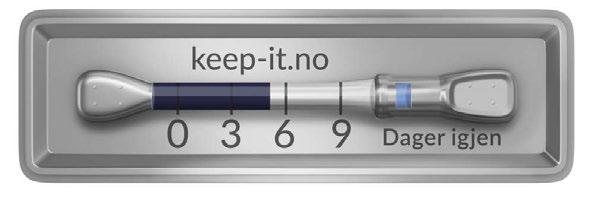
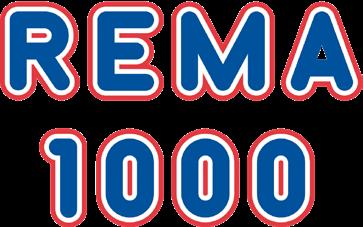
Keep-it on natural Solvinge products help the consumer assess shelf life. Uncertainty concerning date marking is the most common reason we throw away food.
Did you know…
Roughly 450,000 tons of fully edible food is thrown away in Norway each year
Effective packaging solutions can extend the shelf life of our products.
Appropriate packaging sizes make it easier for consumers to reduce their own food wastage.
In 2021 we sold approximately 2.8 million products in packaging suited for smaller households.

We use every part of the chicken Surplus products are remaining products from production that do not end up at the dinner table, such as bones, entrails, blood, and feathers.
16,800 Tons of surplus product was used in the production of pet food in 2021
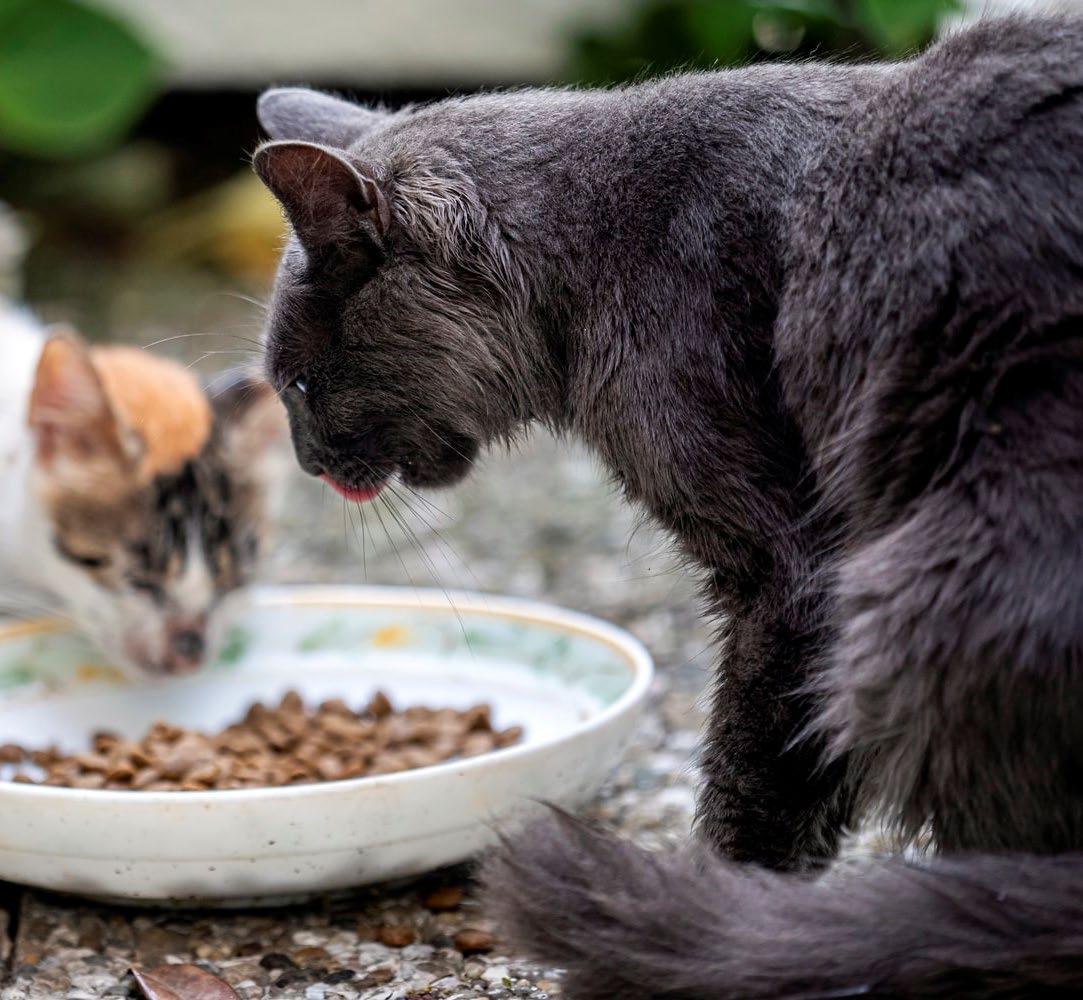
685 Tons of surplus product was used for energy production 2021



We have 325 employees at Norsk Kylling
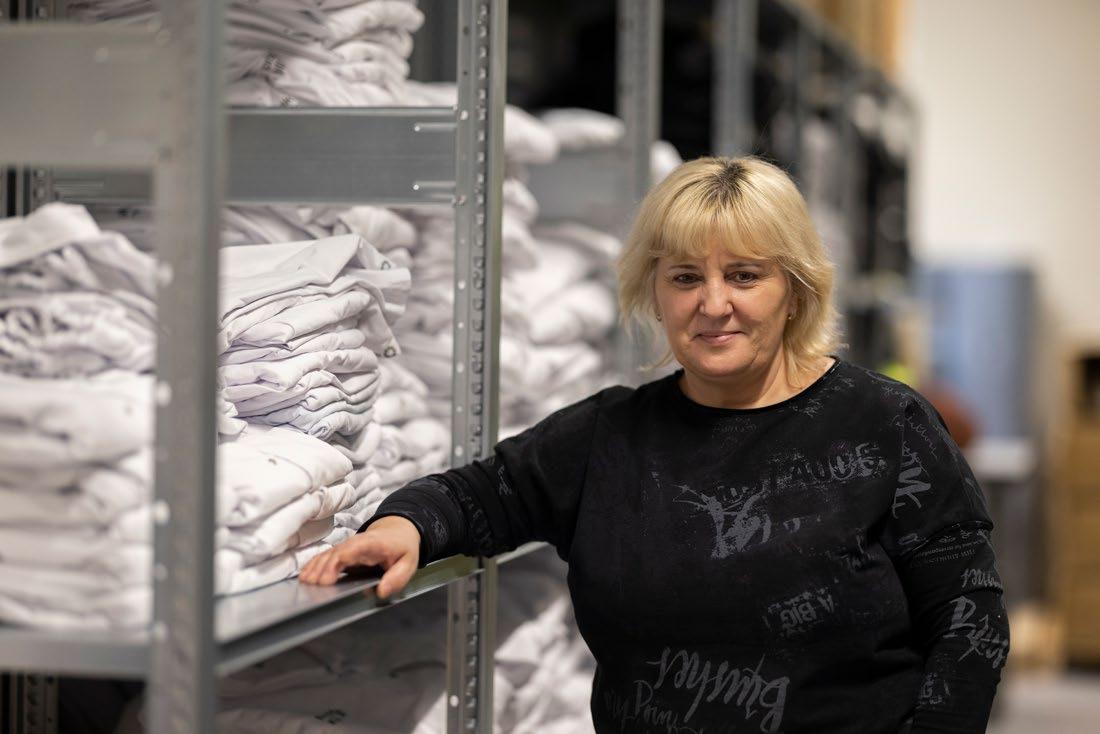
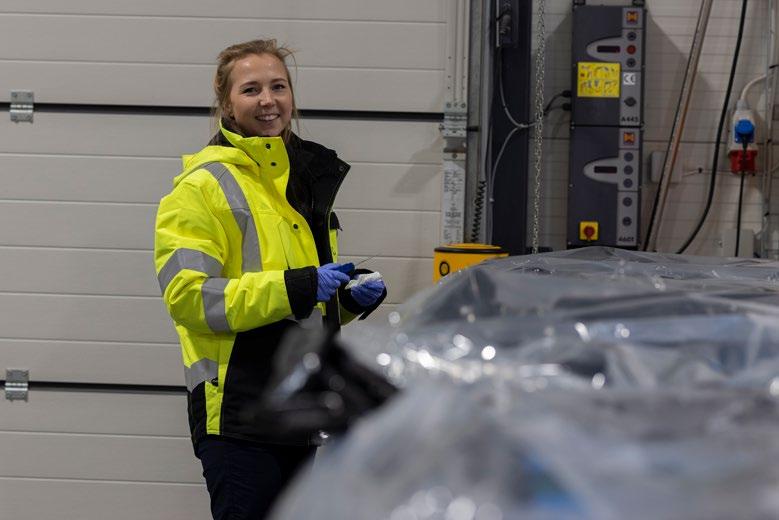

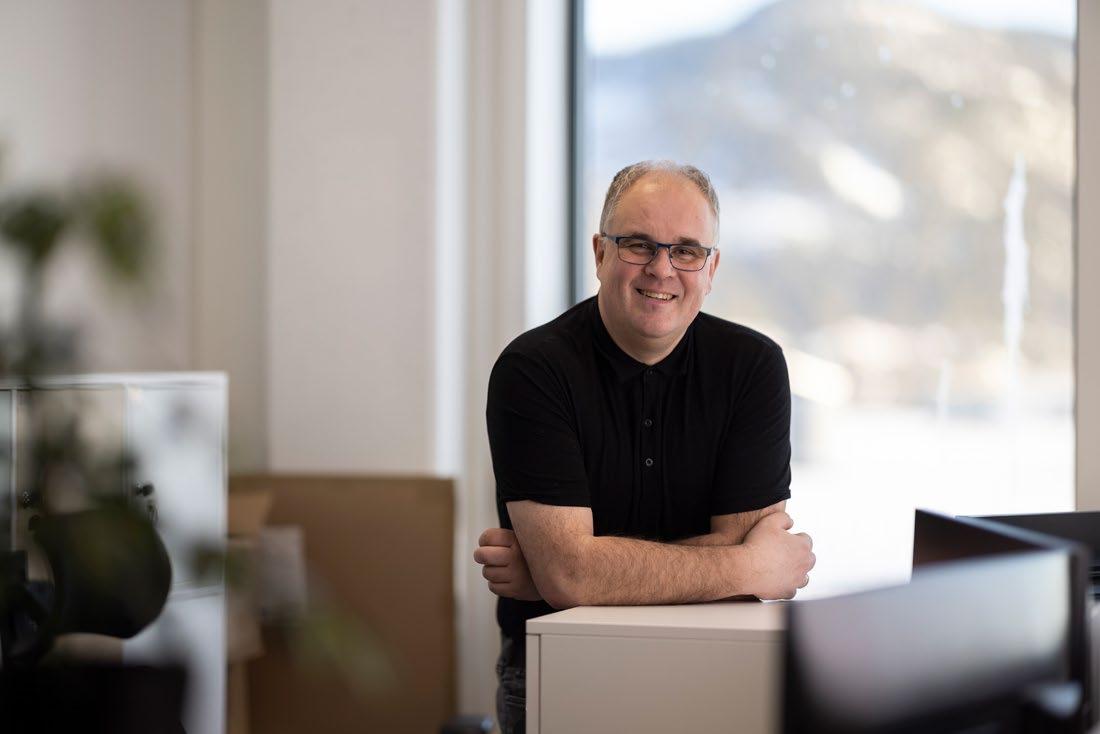
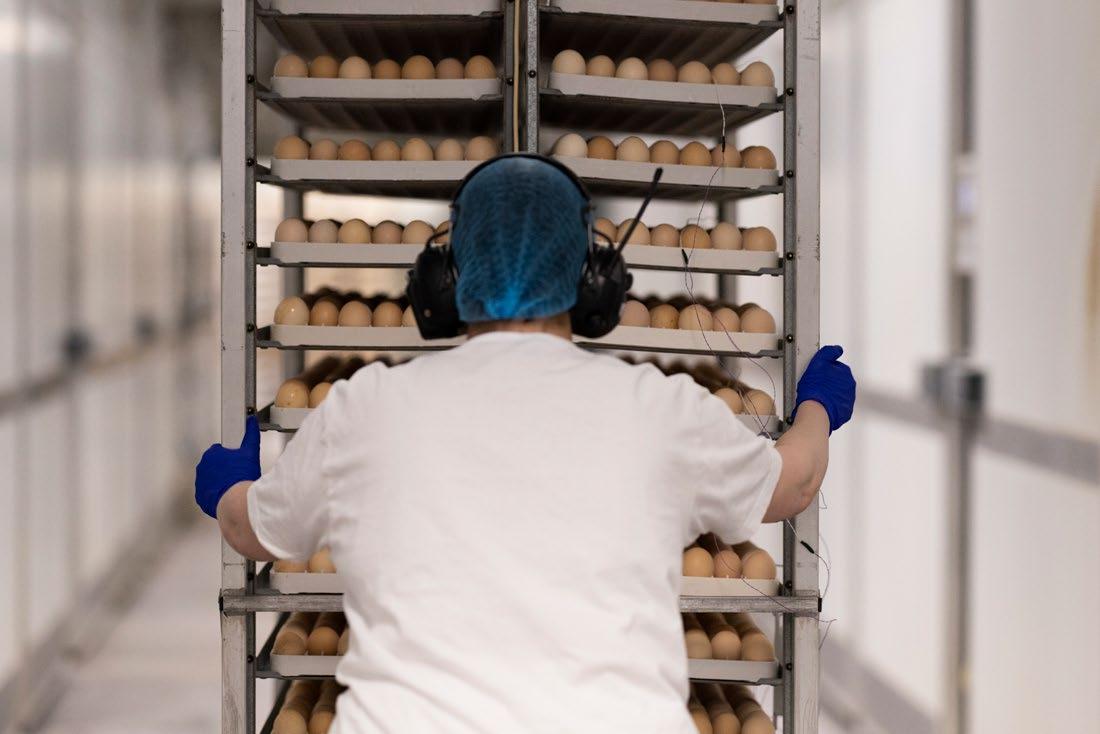
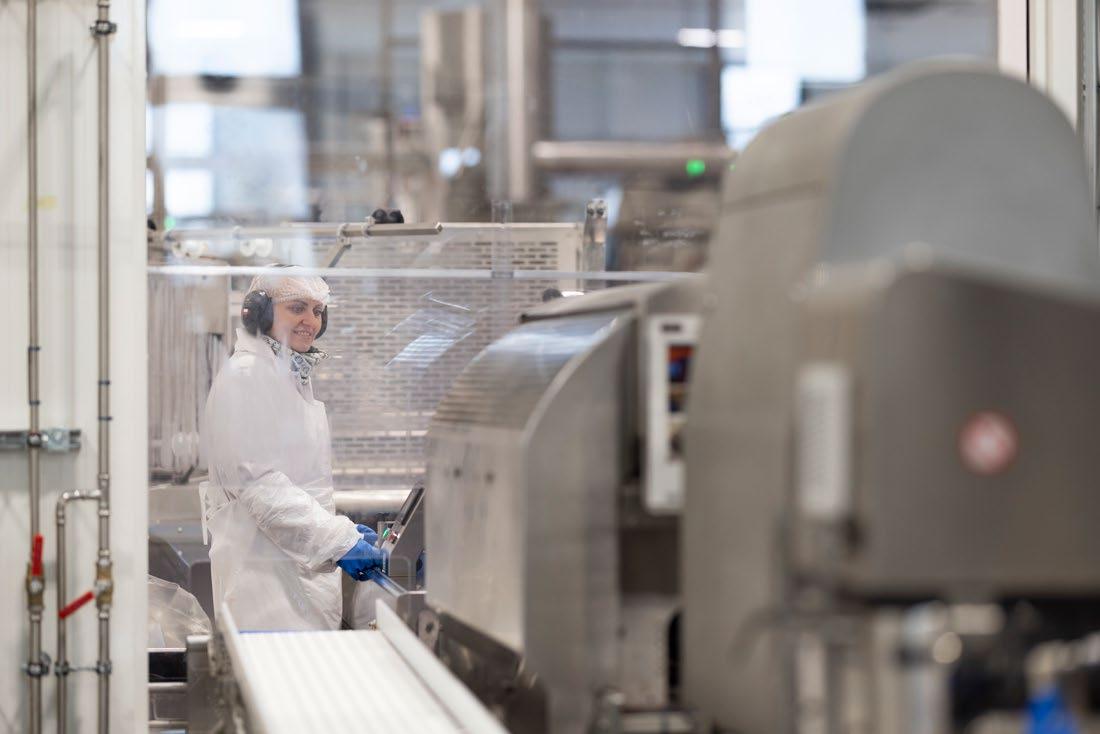


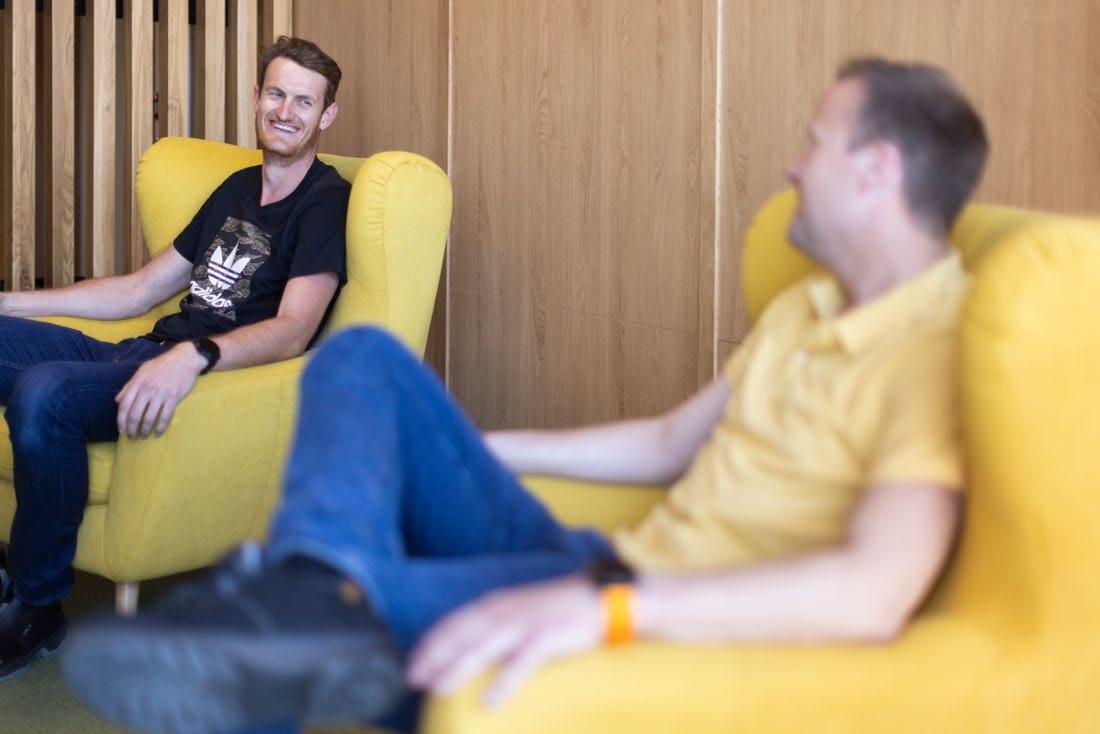
with broad expertise from 20 different expert fields and from 11 different countries

Health, safety, and the environment

Skill development
Safe, healthy food
Local responsibility
Norsk Kylling shall be a workplace that promotes health and development for everyone who works here


This is what social responsibility means to usThe farmer as our partner




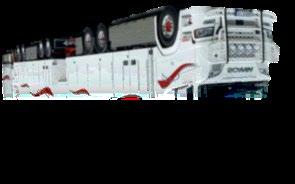



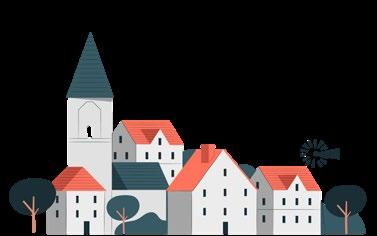

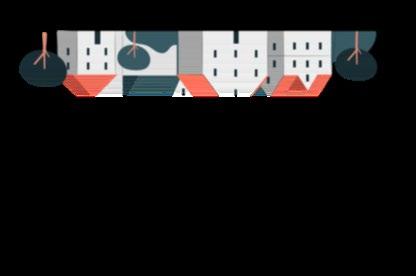
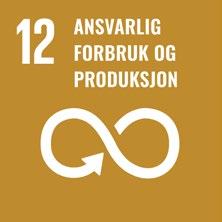
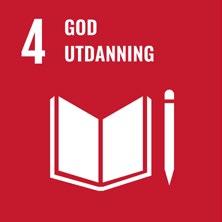
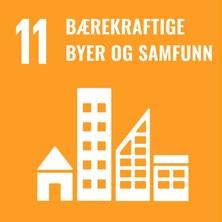


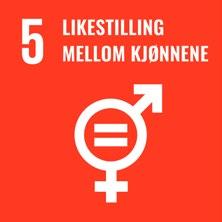




We have an auditorium with room for 250 visitors. We welcome everyone from kindergartens to different expert communities to provide more insight and knowledge surrounding chicken production.

We’ve built 3 farmhouses with facilities where we receive visitors to show how our chickens are doing. Here, visitors can get a complete look into the chicken coop.

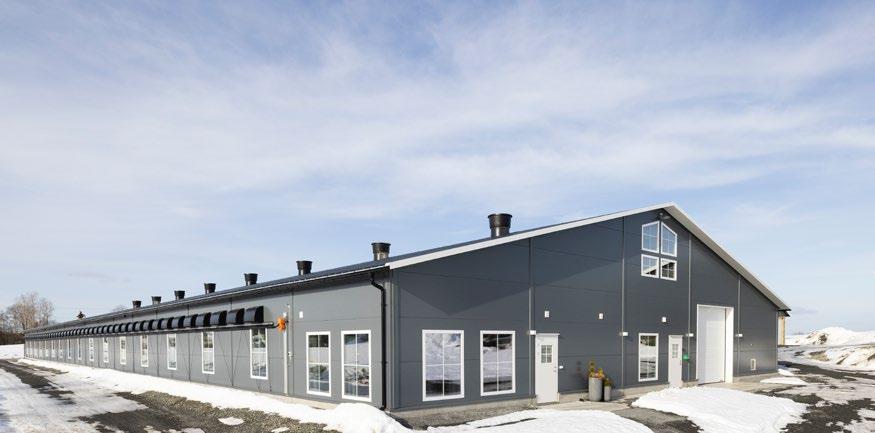
We have a visitors’ centre at our processing plant that is set up to allow visitors to visit and gain an understanding of our value chain.
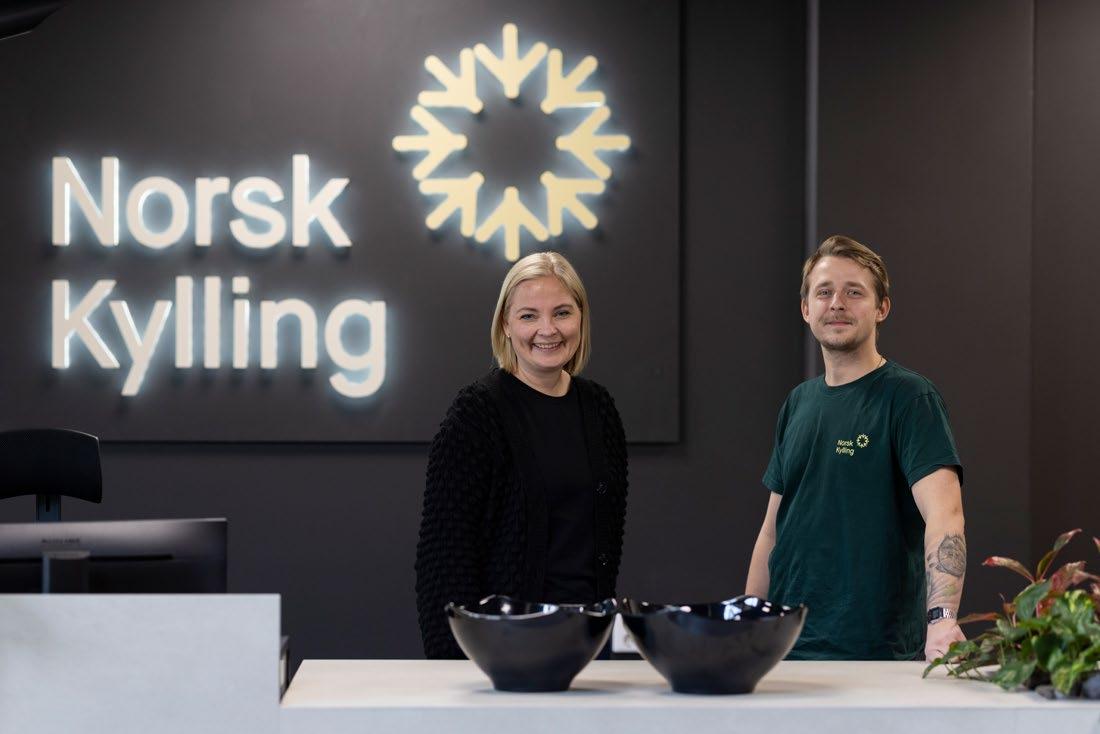


The
expertise

The working environment is the foundation of our business. We systematically work to ensure that HSE is upheld.

Our hatcheries are celebrating 6 years with no injuries causing absence
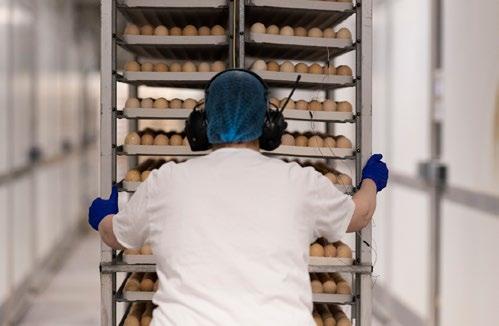
The occupational health service is our most important cooperating partner for our HSE efforts
We cooperate with Akan to prevent and handle issues related to addiction
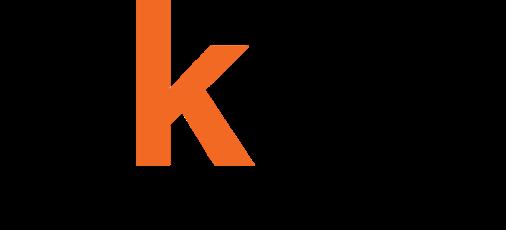

We encourage the reporting of nonconformities to both ensure continuous improvement and to avoid undesired incidents
We perform regular safety inspections and an active safety organisation with 16 safety representations
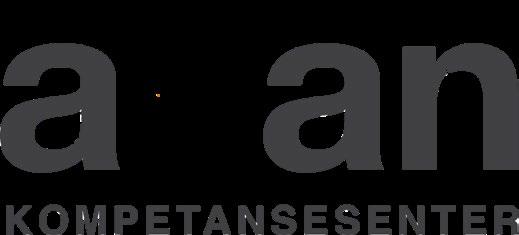
We shall facilitate a good partnership between the company and employee representatives. Our cooperation shall be characterised by trust, transparency, and participation

We have fixed cooperation meetings between employee representatives, senior safety representatives, and management
Active safety organisation with 16 safety representatives with regular safety inspections in their areas of responsibility


We encourage all employees to organise and facilitate a good partnership marked by: Trust




Ensures that all departments are active in working environment issues and that all employees are taken care of
We have a company sports team that arranges various activities and trips for our employees
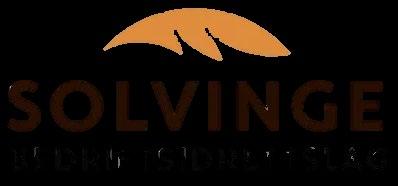
Our agreements, our economic model, and our form of partnership with the farmer provides for predictability in operations and finances at every stage
We focus on giving the farmer pride and security in financial, operational, and animal welfare terms
We've developed standards alongside the farmer that ensure equality of conditions and practice across all of the farmers associated with us
We value the farmer’s knowledge and passion. We work with a high degree of communication and participation in every decision
The farmers are the foundation of our value chain
Ensuring good animal welfare
Taking responsibility for the green transition
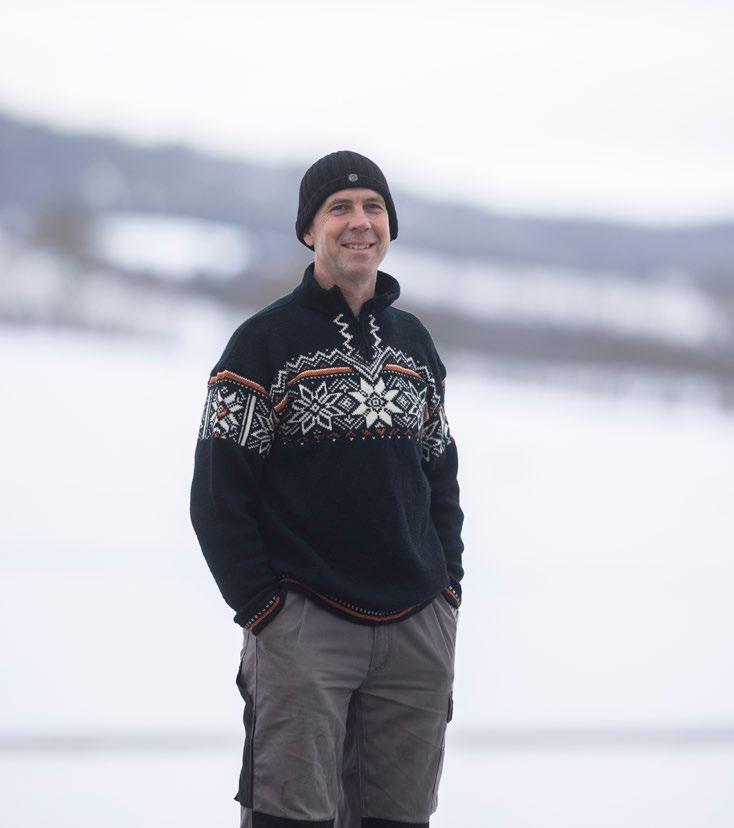

Ensuring safe, Norwegian food
We’re proud of the results we achieve together

We oppose all forms of discrimination. Norsk Kylling recruits independently of background, ethnicity, or orientation, and our goal is to have an equal gender distribution in our organisation
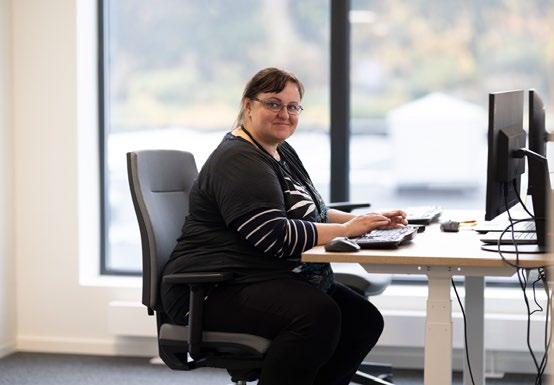
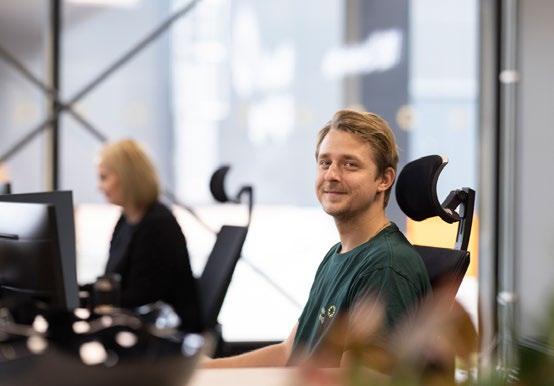
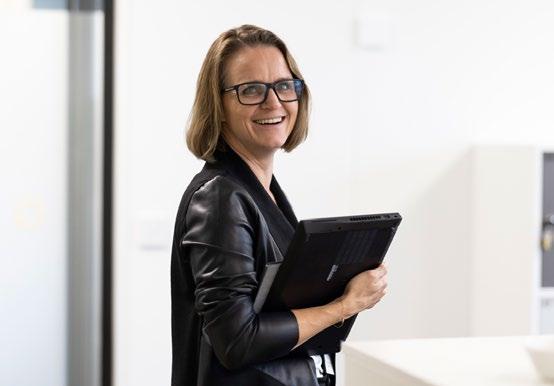

 Kjell Stokbakken CEO, Norsk Kylling
Kjell Stokbakken CEO, Norsk Kylling

The executive management group consists of 3 women and 3 men
Our gender distribution is more equal than the industry average
Eleven different countries are represented through our diverse labour force 50% women
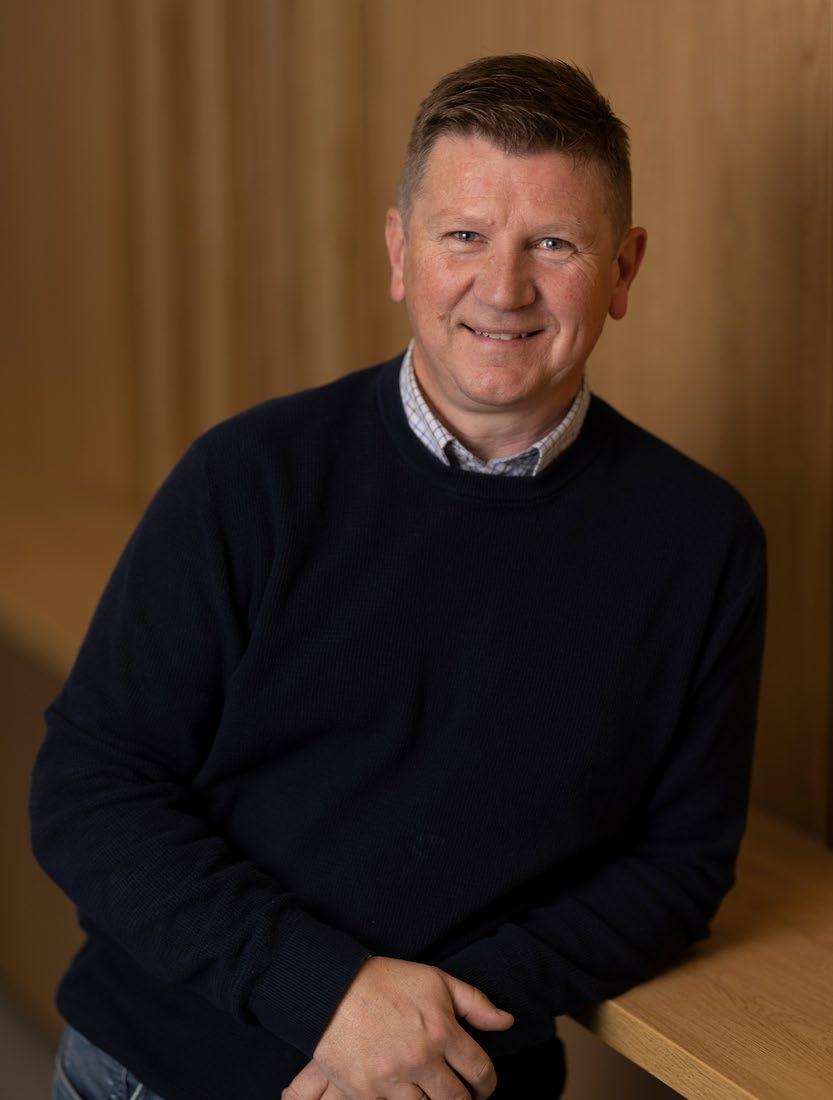
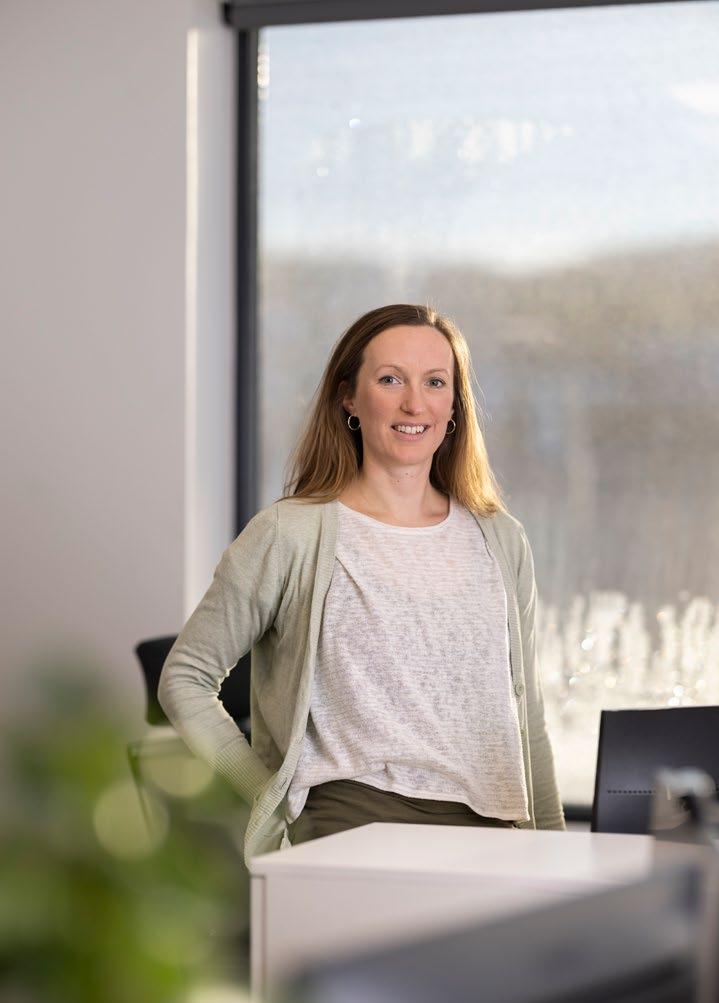


We have employees with expertise in:
We have 325 employees with broad expertise in different areas of expertise. It is important to us that we give employees the opportunity to develop and build expertise alongside the company.
Each year, we have employees who complete diplomas that are relevant to their roles at Norsk Kylling. Represented here by Lubos Vahulic, who completed a diploma in Industrial Food Production in 2021.


• Technical fields

• Quality
• IT
• Food technology
• Office, administration, and service fields
• Industrial food production
• Cleaning
• Finance
• HR
• Technical production fields
• Veterinary fields
• Management
• HSE
• Agronomics
• Food production, including making sausages and cooking
• Sales and marketing
• Electrical engineering

• Communication
• Logistics
• Engineering

A shared workplace language is important to us for multiple reasons:
Our shared workplace language is our shared responsibility
We shall be a workplace that promotes language development, and as part of this, we began providing our employees with Norwegian classes during working hours in 2021.
The working environment
We collaborate with multiple stakeholders to provide our employees with Norwegian classes

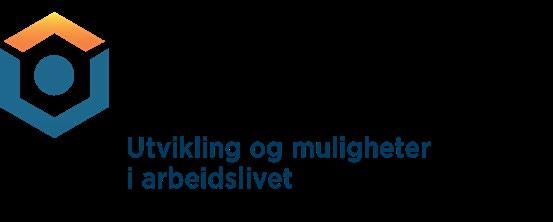

Social inclusion

A separate classroom for Norwegian classes and other training


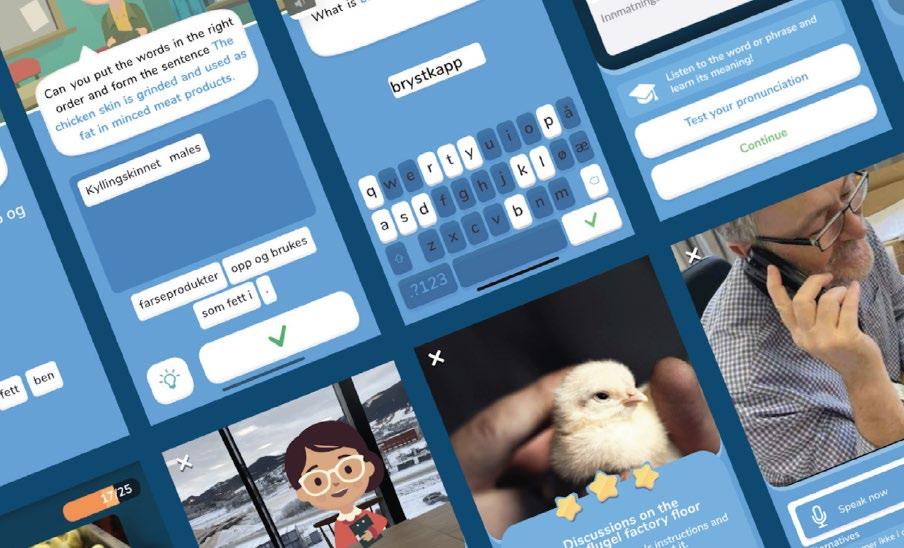

We saw a need for work-oriented language training. In order to provide this, we entered a collaboration with Capeesh. Together, we've developed our own courses and made work-oriented language training more accessible to our employees.
105 employees at Norsk Kylling have in total spent

12,392 minutes in the app since its launch in 2021
We find solutions that uphold the needs of our organisation
Accessible language training
Specific and relevant Norwegian classes
Collaboration with the game-based app Capeesh
Work-oriented language training
Developing our own courses, customised for Norsk Kylling Developing our own games where employees can train for actual situations they encounter during their workday
Our quality department consists of talented workers with special expertise that ensures safe food for our customers

Picture fromThis is Solfrid. She’s a quality coordinator and is part of our quality department, consisting of 5 quality engineers and 2 quality coordinators
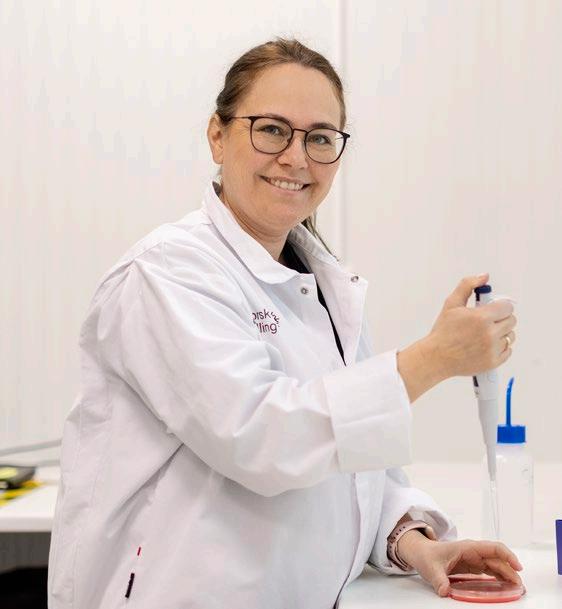
We cooperate with the Norwegian Food Safety Authority every day


All employees complete a hygiene course every year
We follow strict regulations for inspection and food safety
We test and analyse products daily
We make continuous assessments of sensor parameters
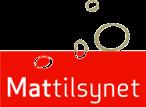
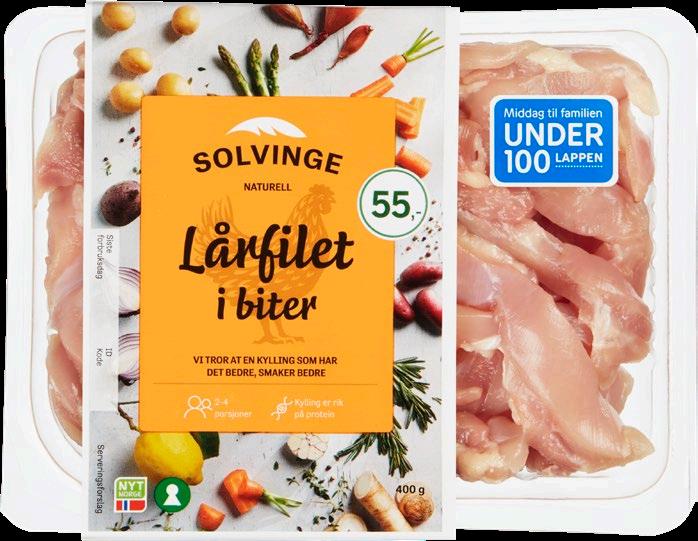

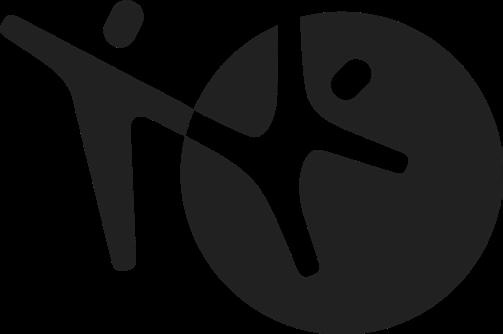
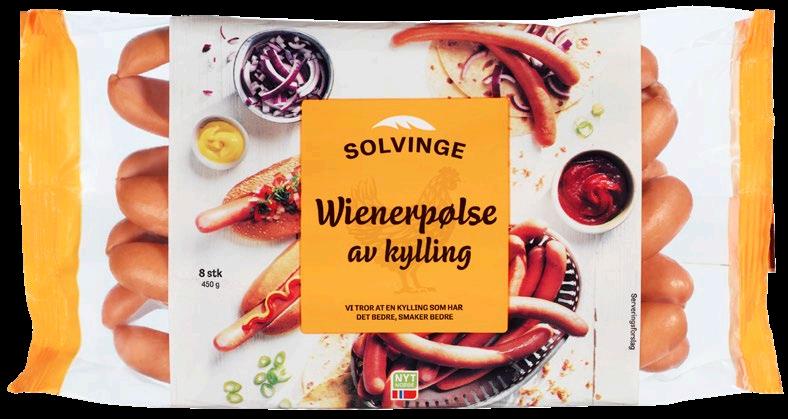



Meat is a key part of our diet
Large amount of protein
Lean, healthy fats
Key vitamins
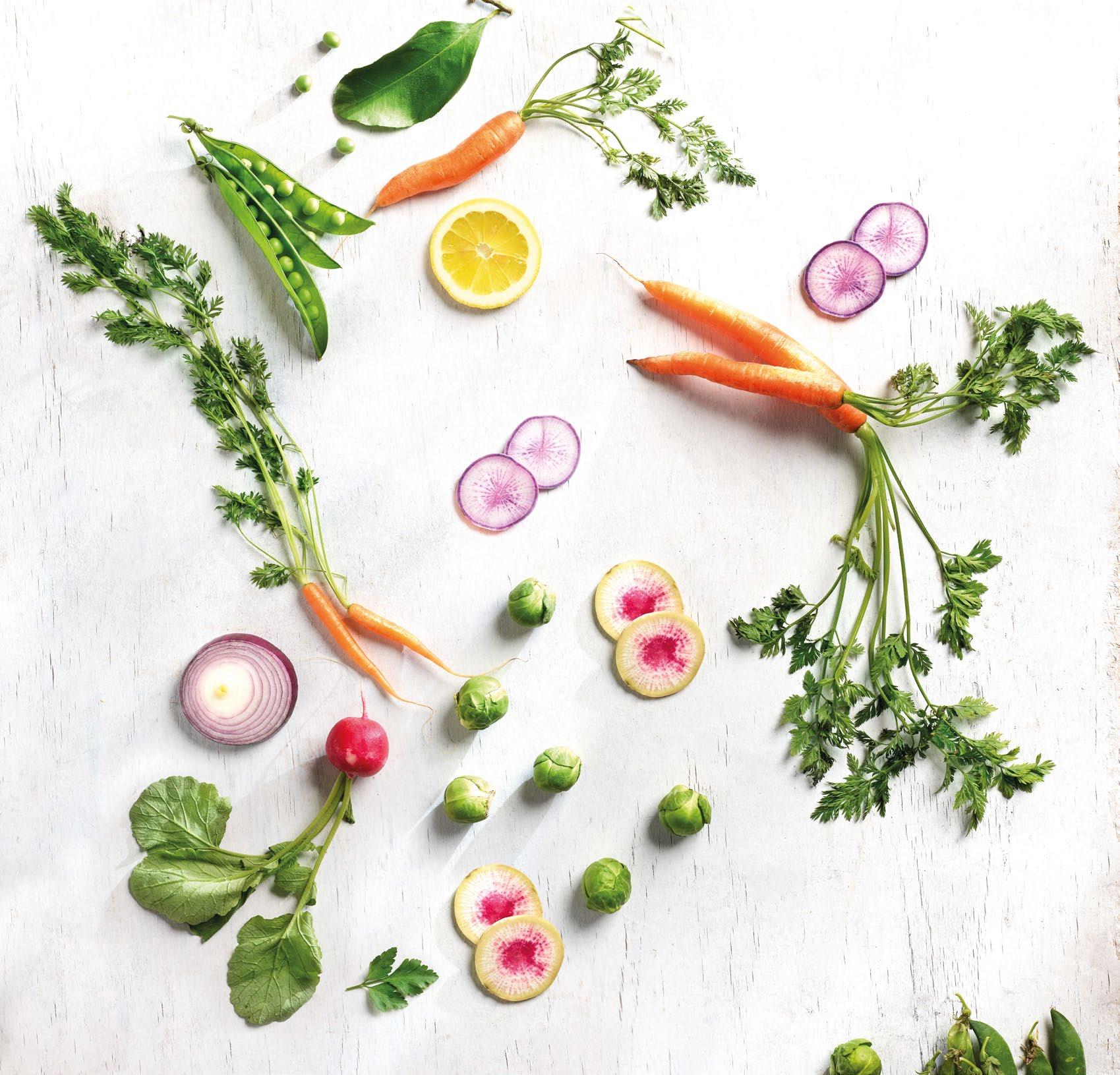
The nutrients niacin, riboflavin, and selenium contribute to healthy, vibrant skin
Strengthens our muscles as our bodies use the proteins as building blocks for muscles and tissue
Lean meat with less fat, of which 70% consists of health unsaturated fatty acids that do not increase cholesterol levels
The immune system is reinforced by proteins and nutrients
Bones reinforced by proteins. These are of a high quality and consist of 20 different amino acids
Provides eight essential amino acids that we must take in through diet
Improved maintenance of muscles and bones thanks to nutrients like potassium, selenium, vitamin B, and phosphorous.
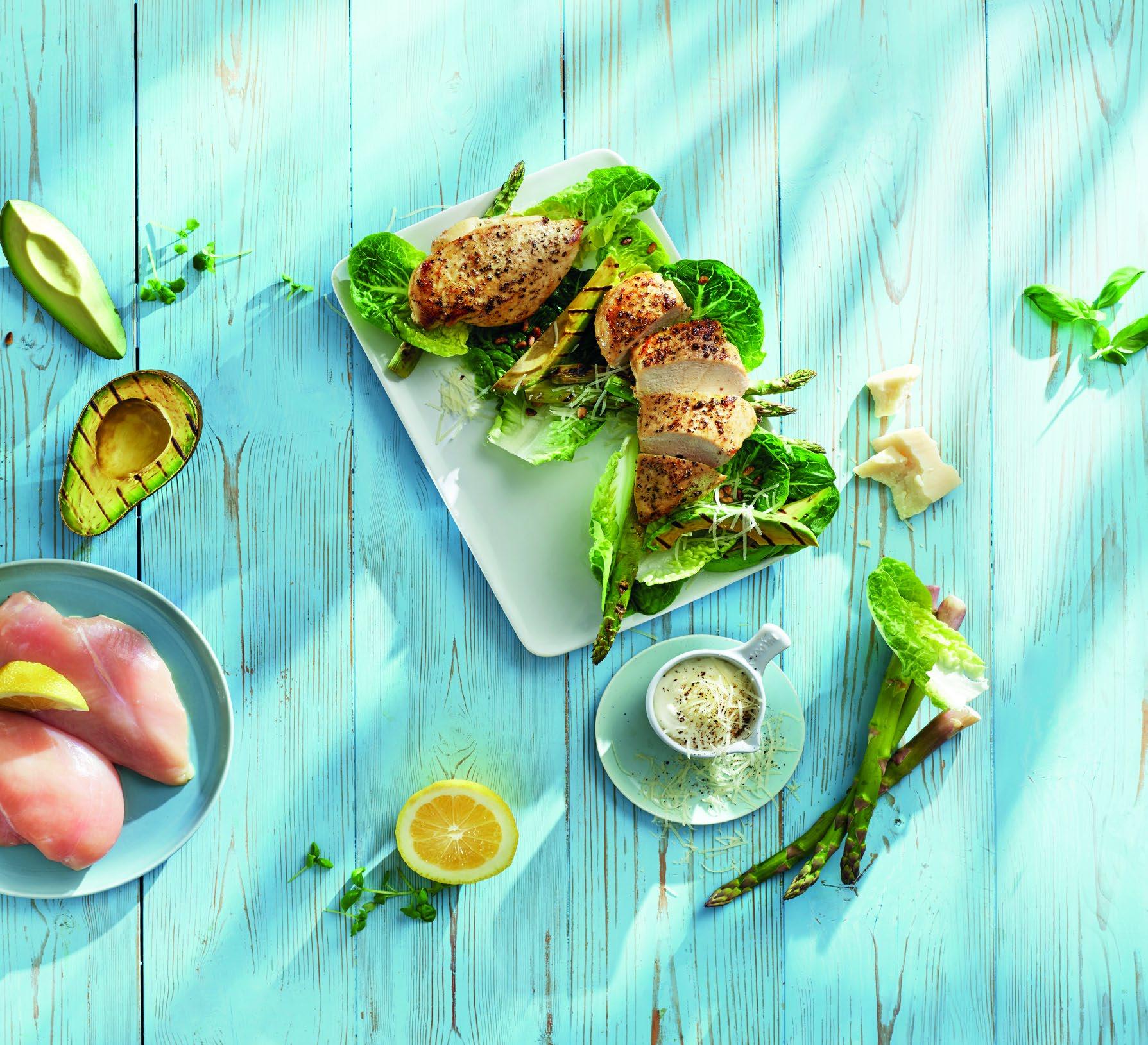
*https://www.matprat.no/artikler/ernaring/kylling-og-kalkun/


In addition to their great taste, there are many positive effects of eating white meat *
46% of our products are marked with the keyhole label
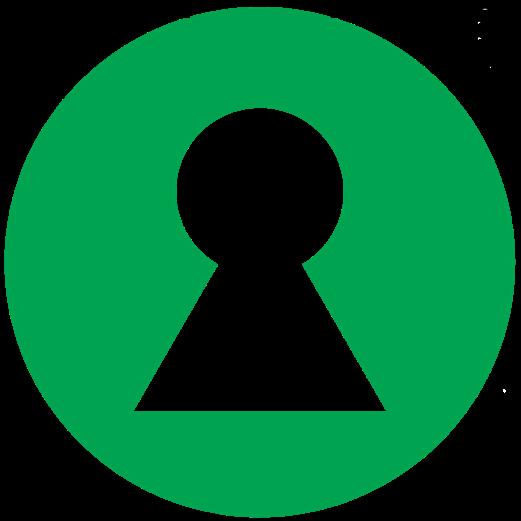


100% of our products are lactose-free
The keyhole is an official labelling scheme for healthier food goods. If you choose keyholelabelled food goods, you're eating less fat, sugar, and salt, and more fibre and whole grain.
100%* of our products are glutenfree
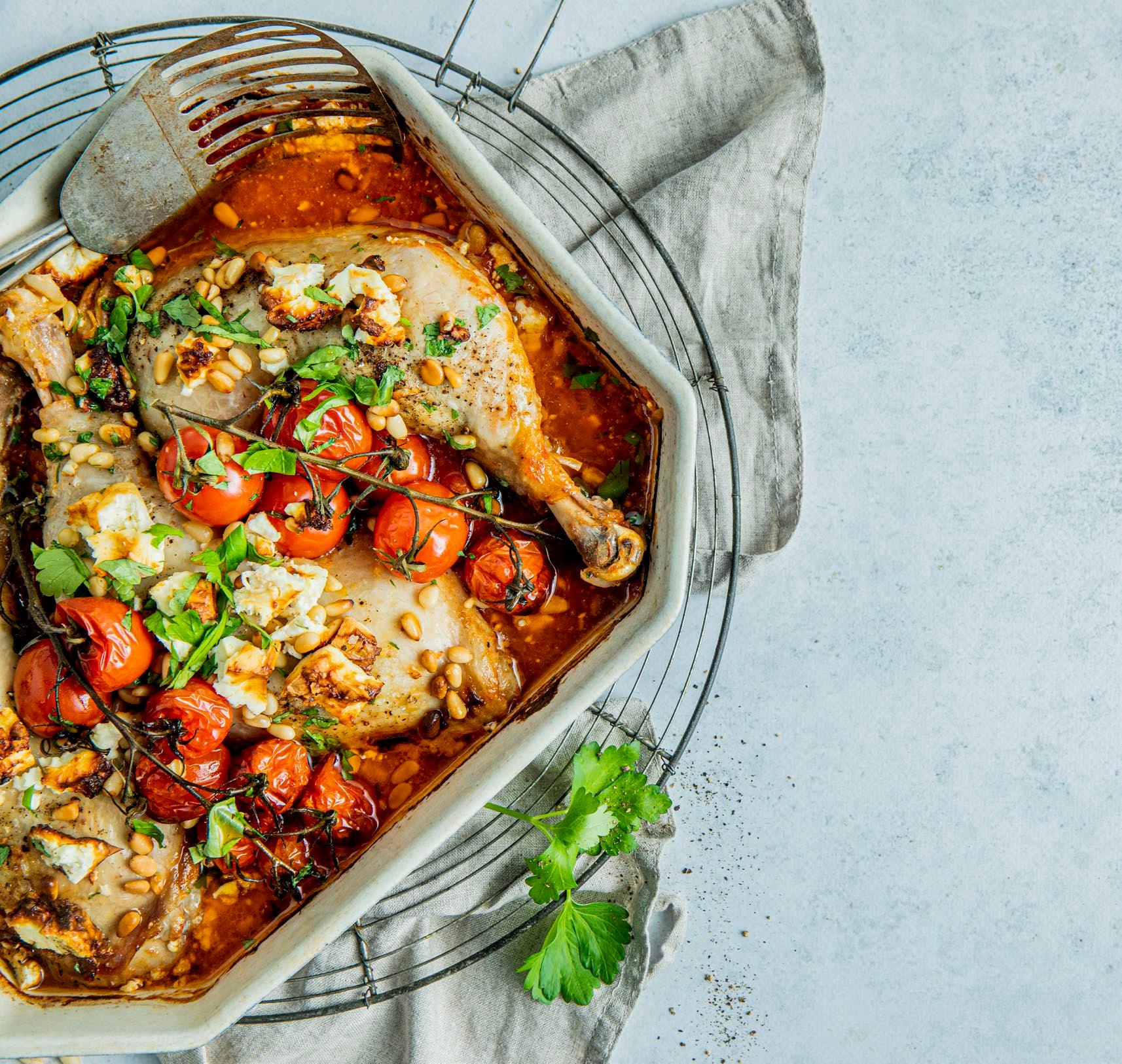



We wish to include the local community in everything we do, and sent invitations for the opening ceremony of our processing plant in October

We have a good cooperation with Orkland Municipality, and mayor Oddbjørn Bang held a speech during our opening


We were greatly assisted by local chefs and cooking school students to prepare and serve food to our guests at the opening Guests from the local community had a nice afternoon with our employees, as well as plenty of good food and entertainment



A marching band from Orkland played music for our guests
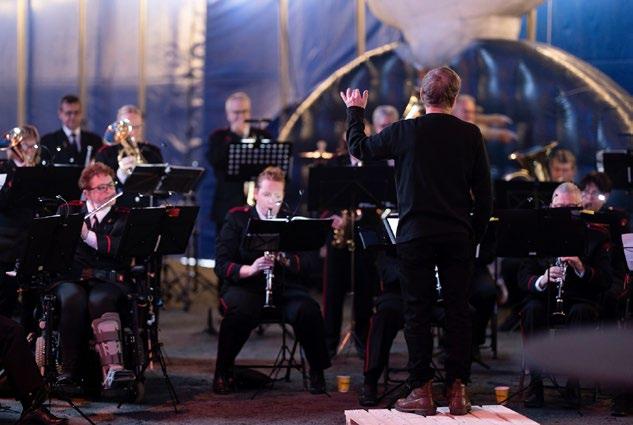
The local community is important to us
We
Report 2021 | Norsk Kylling


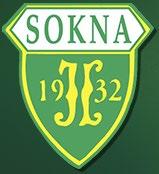

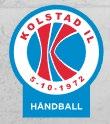

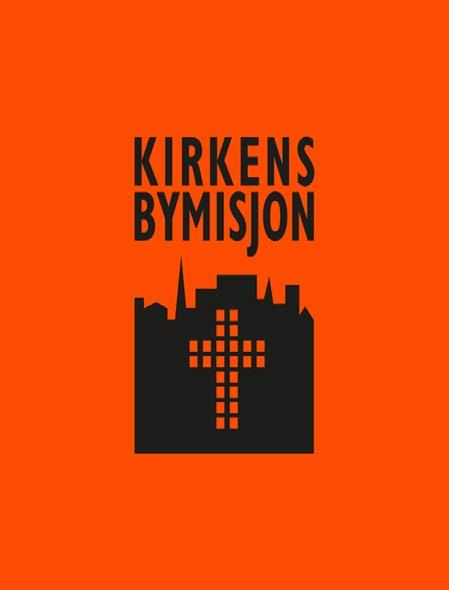
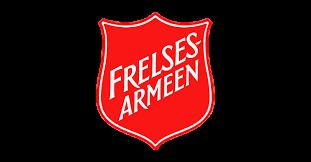


These are some of the organisations we supported in 2021
Copyright
Each year, we support Hospital Clowning and the Salvation Army in their important efforts

contribute to the community
Bjørg Hexeb
We support and are visible in our community
Gisle Ranum Sales and Product Development Director
